Ep. 68: MASSIVE: Gay Erotic Manga by Various, and Lone Wolf & Cub Vol. 1 by Koike and Kojima
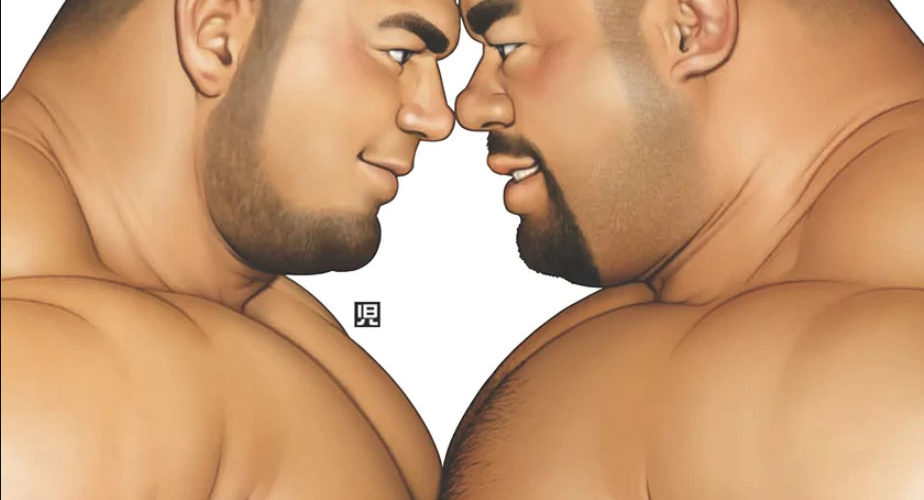
This week the team takes a decidedly NSFW dive into the surprising world of gay manga, with the MASSIVE Anthology! How does it compare to BL? How does it compare to their ‘regular’ reads? How will they do the show notes for this one? Find out inside! Plus, in a bonus segment, the team dives into Kazuo Koike and Goseki Kojima’s epic samurai manga, Lone Wolf & Cub! All this plus Q&A too! It’s a MASSIVE episode in more ways than one!
Listen and check out the show notes at mangasplaining.com. Also don’t forget to check out the newsletter at mangasplainingextra.com.
Powered by RedCircle
IN THIS EPISODE
0:00:00 Massive – NSFW!
1:06:23 The First Break!
1:06:45 Manga Must-Reads: Lone Wolf & Cub vol. 1
1:21:40 The Second Break!
1:22:00 BONUS Q&A! A special show-notes only question from David about MASSIVE and Lone Wolf and Cub!
1:22:00 Q&A: How does a newbie follow what’s new in the manga scene?
1:30:00 Shout outs! A new podcast, a game and of course, more manga!
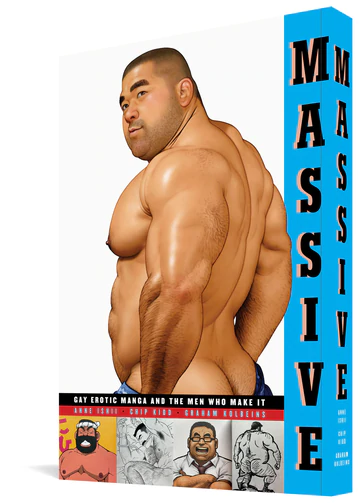
MASSIVE: Gay Erotic Manga and the Men who Make It
Featuring comics by: Gengoroh Tagame, Jiraiya, Inu Yoshi, Gai Mizuki, Seizoh Ebisubashi, Kumada Poohsuke, Kazuhide Ichikawa, Takeshi Matsu, Fumi Miyabi
Translated by Anne Ishii
Edited by Anne Ishii, Chip Kidd, and Graham Kolbeins
Published by Fantagraphics (Print/Digital)
Before We Get Started:
#1: This is a very NSFW episode, with very NSFW show notes. Heads-up! If you’re under 18, please go check out another episode.
#2: So, you might know Massive from these cool sweaters that were real big on social media a few years back:

This is a book that collects the comics from the gay men who made the art and birthed this culture, edited and compiled by the team behind MASSIVE Goods, Anne Ishii and Graham Kolbeins, and designer/editor Chip Kidd. It’s a pretty cool thing, contextually, and we spend a lot of time trying to give you the context for the work we’re discussing this week. Maybe more than we might otherwise, because it’s so NSFW? This is a book that has three separate introductions (written by each of the editors), so I think all involved agree the work is good, and it needs as much context as possible to get folks on board. 🙂
#3: There’s lots of nudity and sex in this book, and discussions of same in this episode of the podcast. Maybe that’s not for you, and that’s okay! If you want to read a very good book by the premier artist in this collection, Gengoroh Tagame, please consider checking out either My Brother’s Husband or the just-released Our Colours, both available now from Pantheon Graphic Library:
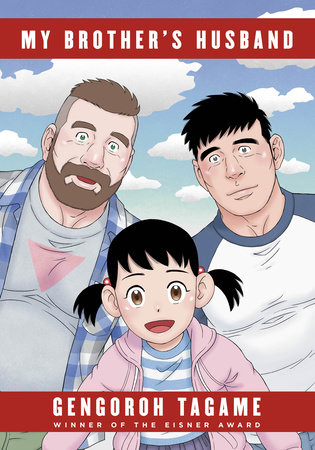
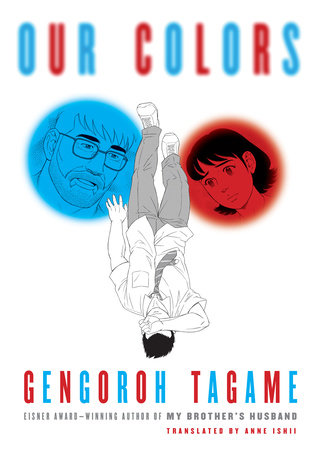
There you go, your SFW option for this episode. This is also your last chance to click away from this page if you’re not 18+ or maybe not comfortable with this sort of content. After this, you’re on your own!
01:05 Here’s how the publisher describes MASSIVE:
This is a groundbreaking manga (Japanese comics) anthology by and about gay men, put together by an award-winning team.
Big, burly, lascivious, and soft around the edges: welcome to the hyper-masculine world of Japanese gay manga. Massive: Gay Erotic Manga and the Men Who Make It is the first English-language anthology of its kind: an in-depth introduction to nine of the most exciting comic artists making work for a gay male audience in Japan. Jiraiya, Seizoh Ebisubashi, and Kazuhide Ichikawa are three of the irresistibly seductive, internationally renowned artists featured in Massive, as well as Gengoroh Tagame, the subject of The Passion of Gengoroh Tagame: Master of Gay Erotic Manga. Get to know each of these artists intimately, through candid interviews, photography, context-providing essays, illustrations, and manga. Massive also includes the groundbreaking, titillating work of gay manga luminaries Takeshi Matsu, Fumi Miyabi, Inu Yoshi, Gai Mizuki, and comic essayist Kumada Poohsuke.
-Fantagraphics Books
01:40 Kazuhide Ichikawa! We published an original manga by Kazuhide Ichikawa on our Mangasplaining Extra newsletter about the process of making and selling gay manga in Japan. It’s a fun, short, and free comic, we totally recommend you check it out:
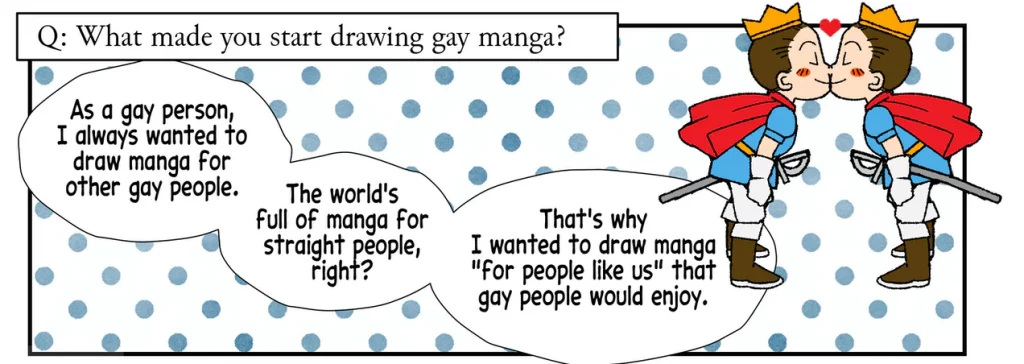
02:36 The Passion of Gengoroh Tagame was the first English-language gay manga collection, originally published by the now-defunct Picturebox Inc. Collecting the work of Tagame, it was very much a ‘shots fired’ situation as I don’t think anyone quite expected the intensity of Tagame’s erotic works, which are sort of predicated on themes of BDSM. The publication of this comic really started a conversation about erotica in comics, and produced some really good and important erotic comics work through the early 2010s, which was cool.
Good news for fans of this book (and this material in general), next week Fantagraphics will reprint The Passion of Gengoroh Tagame volume 1 with a brand new cover:
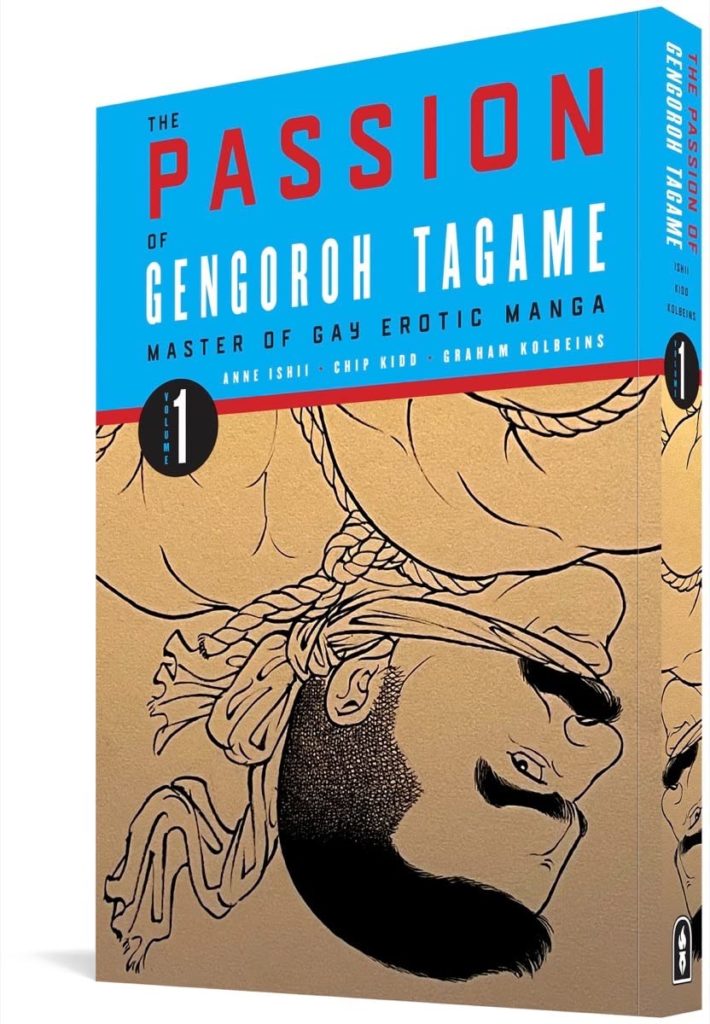
…and as that big “volume 1” on the new cover implies, there will be a second, all-new collection of Tagame’s erotic material coming next month! The Passion of Gengoroh Tagame Volume 2 is scheduled to release the last week of August!
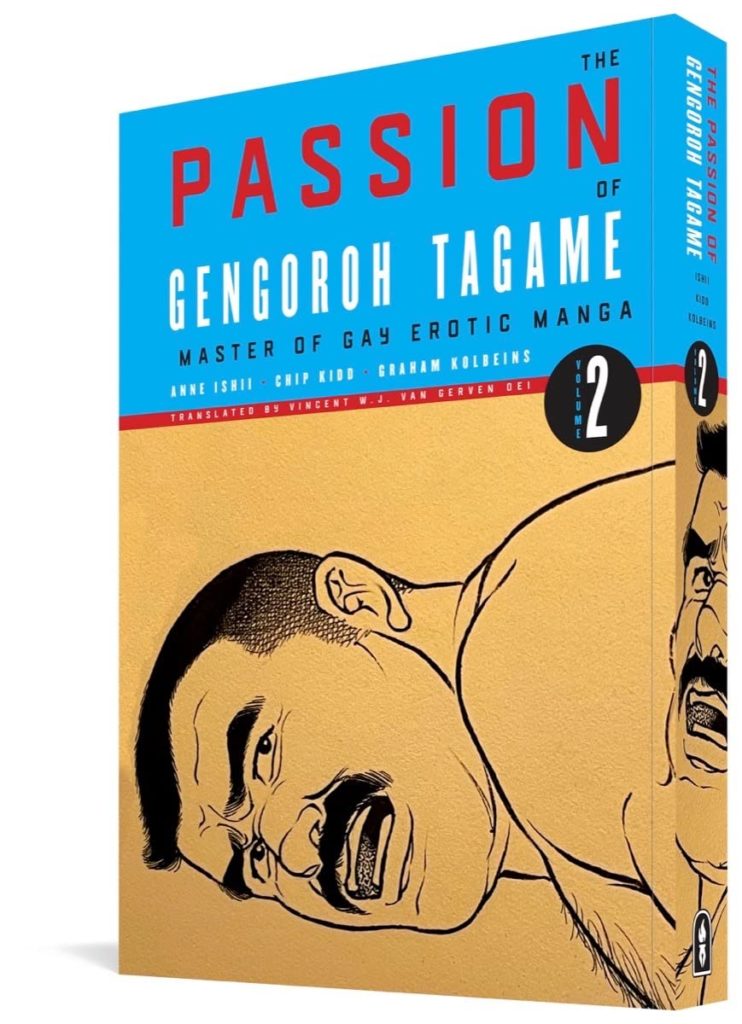
Surprisingly, both volumes will be available in print and digital (please support your local comic shops if they’re cool enough to carry gay erotic comics!) so you should be able to grab them easily. The price of the original printing of Passion skyrocketed to hundreds of dollars per copy when the book went out of print, so it’s doubly cool to see it coming back. I’m sure they’ll look lovely on your shelf next to today’s copy of MASSIVE. For discerning adults only, of course.
03:16 Piracy is a huge problem when it comes to the work of these creators, maybe moreso than other kinds of manga, because of the stigma around queer work. There’s lots of discussion about this, but ultimately for me, it comes down to the creators not wanting their work pirated, and you gotta respect the creators’ wishes. Also, pay for queer art and support queer artists!
03:40 Once upon a time, Fantagraphics used to have a couple different ‘erotic comics’ lines, EROS and Mangarotica. Both imprints were very, very popular at one point and were largely credited for ‘saving’ Fantagraphics when they were published.
[Deb:] More on this in this article from The Comics Journal, “Fantagraphics vs. Everyone” by Tom Spurgeon and Michael Dean from 2016:
“In the early ’90s, Kitchen Sink Press was going through the same miserable financial contractions we were. I think he was circling the drain just as we were. We solved our problem by starting Eros Comix.”
-Gary Groth
04:35 Yeah, hate to say it, but the digital edition is still ‘backwards,’ as of the time when we recorded this episode. This happens somewhat often with digital manga or Kindle editions, and from a number of publishers too.
05:22 Here’s an example of the 4-panel comic (called yon-koma in Japanese) that we’re talking about, Dreams of the New Century Theatre by Kumada Poohsuke. Just looking at this page it’s a bit tough to tell where to start and how to read, particularly since each page digitally ‘flips’ in the English orientation, but reads in the Japanese orientation.
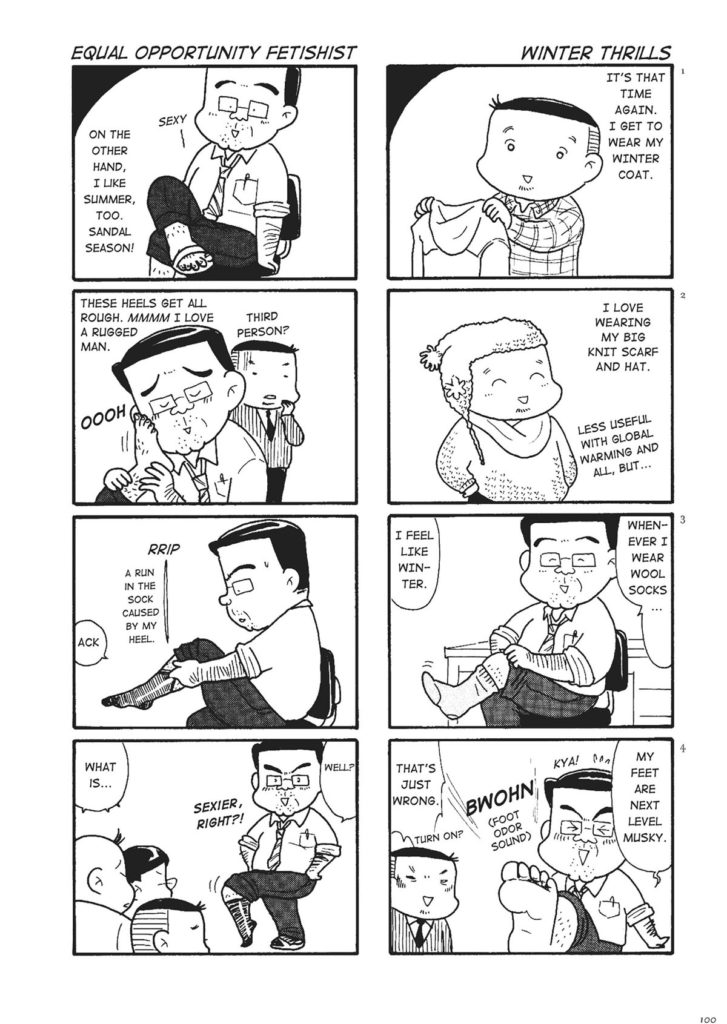
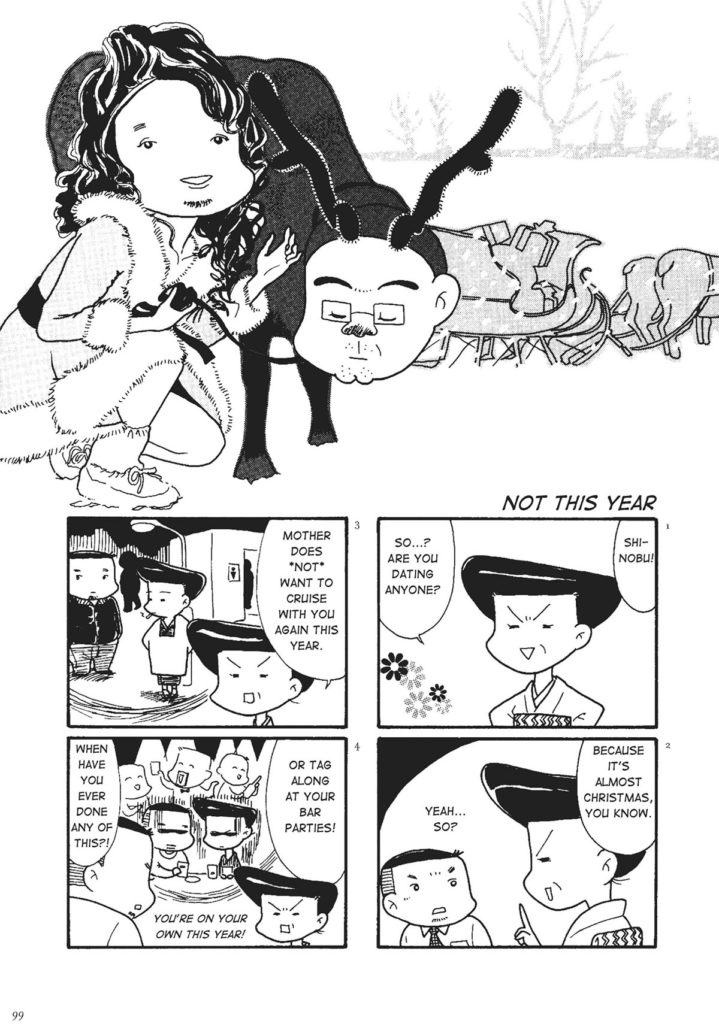
This of course is not a problem with the printed book… where it’s more clear 😉
Also, it wasn’t until I started doing the show notes and screencaps that I learned that there are numbers on the strips of the first few pages. I think maybe we all missed them!
06:01 “All the dicks you could ever want.”
So we weren’t sure how to include images for the show notes this week, given that these are pretty sexy illustrations without any censorship. Given how important Chip Kidd communicated that it was that this work was published uncensored, it would feel more than a little weird to add censorship of our own, so we won’t be doing that. We might do a few tighter crops than usual this week, but if we’re talking about a body part or sex act, we’ll show that. We’re all grown-ups here!
So that said, here’s the yakuza pearls bit, which goes completely unexplained in the comic itself, and must have looked kinda bizarre to the uninitiated…

[Deb:] Here’s an article about a non-yakuza guy who got the pearls down there, partly because he actually sells pearl jewelry(!). He explains a bit about the history, how it’s done, and what it’s like to have one. There’s no pictures of what you’re really curious about seeing in this article, but hello, that’s what Google is for.
[Christopher:] Probably gonna have to turn safesearch off for that one.
06:50 Chip’s first issue of Batman literally releases today. Get it wherever comics are sold!
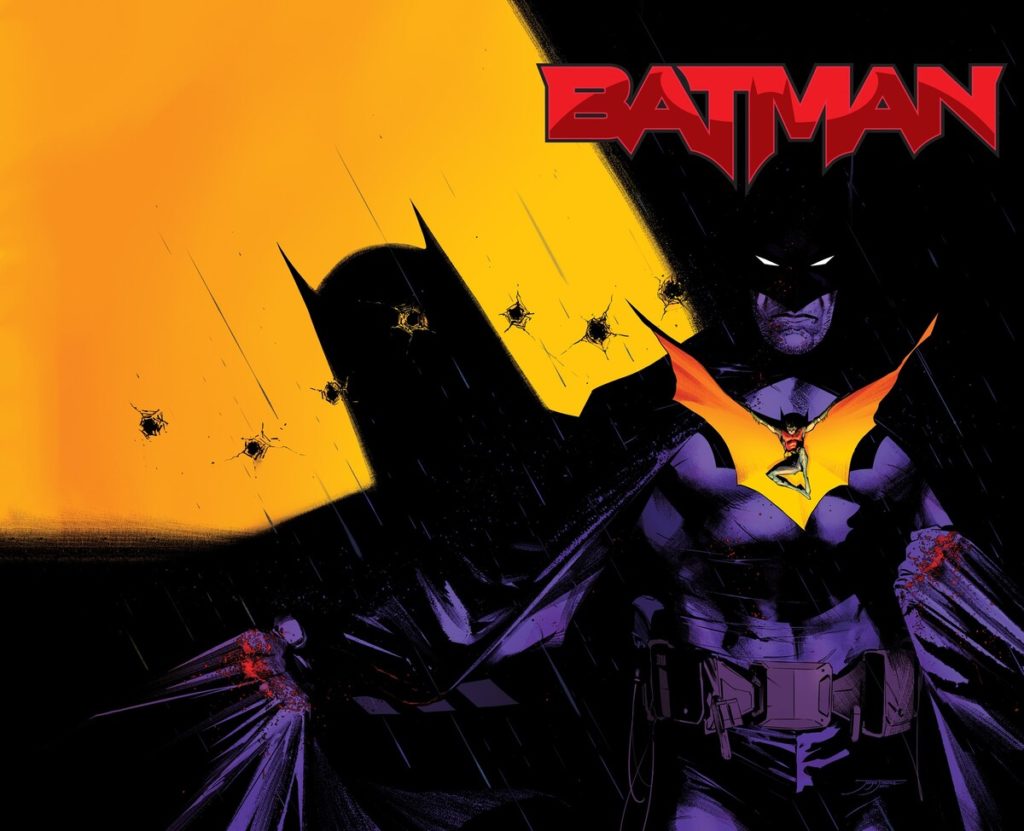
07:34 Anne’s an outstanding translator, and comedy is notoriously hard to translate. Deb is right that she nails the translations and gags in this funny, four-panel gag comic about very gay and overly sexual office life.

[Deb:] Anne Ishii also did a notable turn in her translation/localization of another NSFW (albeit not as gay) but still ridiculously funny manga, Detroit Metal City (available from VIZ Media). While several volumes are out of print, it’s absolutely worth seeking out on digital if you’re into this kind of OMG/WTF/BBQ kind of humor. Also, death metal can be funny. Who knew?
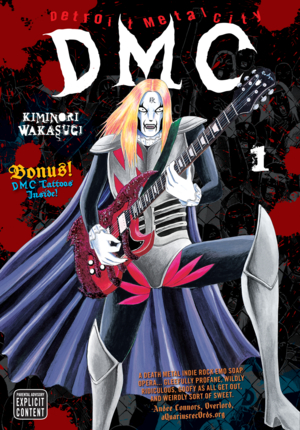
08:21 We just jumped right into it, didn’t we? Later in the 4-panel comic, we get our first actual sex, where the reserved young man at the office is sexually propositioned by the boss… and then the boss gets way more than he bargains for.

09:21 As I mentioned we opted not to do this, but the censorship of nudity in the decidedly more-mainstream American superhero comic book Hawkeye by Matt Fraction and David Aja, and the Japanese manga Golden Kamuy by Satoru Noda, are one of the funniest bits of censorship I’ve ever seen in comics.
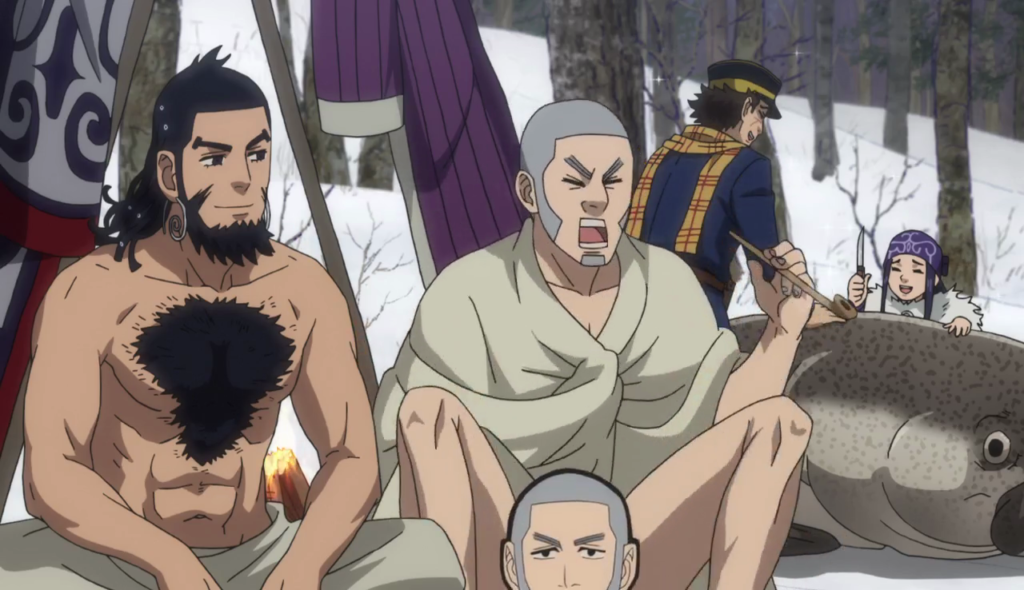
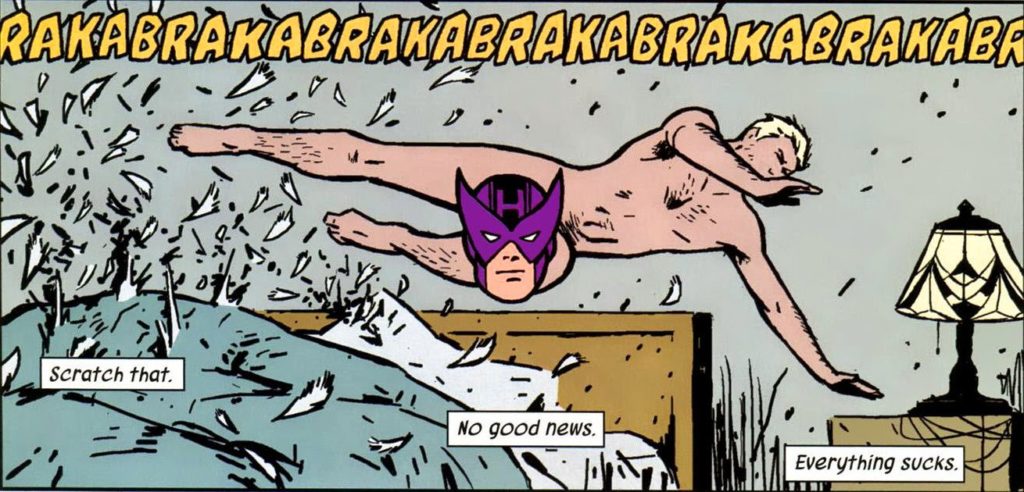
[Deb:] In case you missed it, we had a really great time talking about Golden Kamuy in episode 41. If you like the manly men of Massive, chances are you’ll enjoy Golden Kamuy too!
09:40 Are we converting superhero comics readers to manga? Or just adding to their weekly reading? Sound off in the comments!
09:56
“Lots of fluids? Is that a guy thing?”
-Deb Aoki, Mangasplaining
The larger point, and David gets to that, is that this is closer in tone and style to straight comics porn than BL, the visual language of it shares the same male gaze as ‘straight’ hentai, so it’s pretty familiar if you’ve ever indulged in that.
Which is to say that obviously this work exists, we’re reading it, but this is also a curated collection of work that’s been chosen for this book. There are other types of gay manga with differing visual language out there too!
10:45 So in reference to the boot-licking sequence in Gengoroh Tagame’s Do You Remember South Island POW Camp…

…David is reminded of other sexy/pervy manga he’s read. Specifically, he brings up Kohta Hirano’s Hellsing in relation to how Tagame’s erotica is drawn. David provided an example:
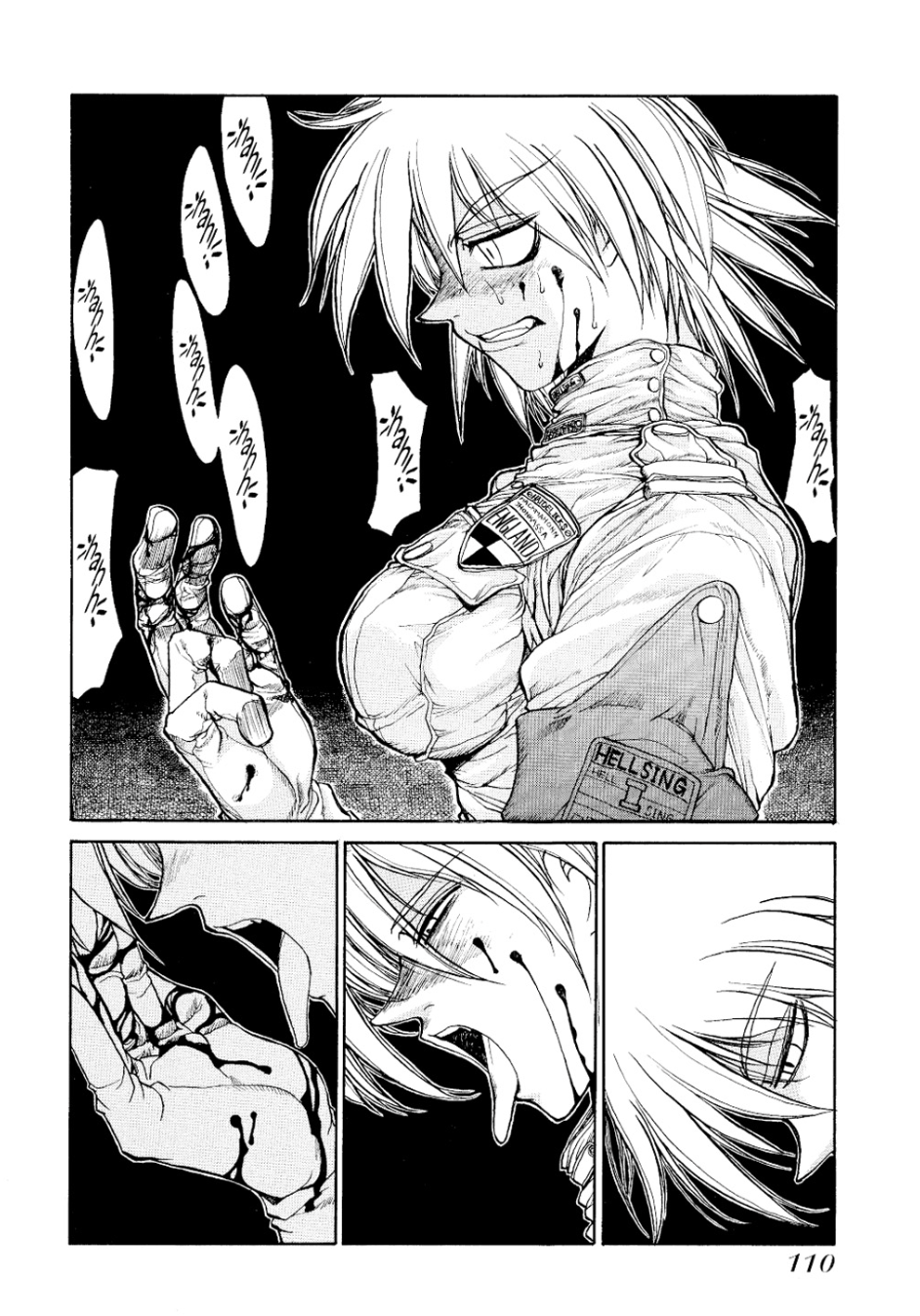
[David:] I think this makes sense in context. Seras Victoria is a newborn vampire struggling against the idea of drinking blood. Hellsing is uhhhhh… exploitation-style vampire action drama? Also a lot of the other vampires are Nazis, because the author is a true weirdo.
[David:] The bit where she shoots through the floor to kill the one is super anime, though.
[Christopher:] I definitely see what you’re getting at there. 🙂
[Deb:] Maybe someday we’ll read and discuss Hellsing – but until then, head over to Dark Horse to get a taste of this memorable manga.
12:38 Look, Tagame’s work goes to some places. Not every story, certainly not in his mainstream work, but it’s a thing. The two Passion of… books we mentioned up top definitely get closer to this kind of work, but his most extreme stuff is unlikely to be translated to English any time soon. If you go to his official website, you can poke around and see more of what we’re talking about for the more extreme images. I don’t recommend it though, but sometimes people can be hungry for knowledge!
[Deb:] Tagame is offering some of his work in English for sale, directly to fans. You can buy ‘em as downloadable PDF files from Gumroad and Booth, a legit Japanese doujishi online store site, as long as you’re 18 or older, if you know what I mean.
16:30 Deb jumps in with this great quote from Tagame’s interview in this book:
“What is a military? A military is a group of people who go to war. And what is war? It’s insanity, it’s about going mad. It’s about madness. Murder is a sin, of course. But in war, murder is a virtue. You’re supposed to kill everybody. In the military, everything is determined by strength and power – and that’s incredibly sadomasochistic.”
-Gengoroh Tagame, massive
You tell’em, Tagame-sensei.
Since we’re talking Tagame quotes, why not go check out this interview between Tagame, interviewer Anne Ishii, and BL publisher Leyla Aker, that Deb ran on her website from TCAF 2015.
18:45 Now defunct, G-Men magazine was the premier gay magazine that serialized gay manga. Tagame had a falling-out with the co-founder of G-Men and moved his manga to other magazines, including Badi. Following his departure, Jiraiya became the cover artist, and a number of artists rotated through the covers of the magazine before it ceased publishing in 2016. The publisher still exists, occasionally publishing new original comics and live-action pornography, by download and streaming. https://www.g-men.co.jp/index_e.html

19:00 I want to take a note and say that Tagame’s ongoing history book series, Gay Erotic Art in Japan, currently rests at three volumes and tracks the history of, well, (contemporary) gay erotic art in Japan! This history is often invisible, and these works, the clear precedents to contemporary gay manga, are hard to find and largely in the hands of private collectors. Tagame-sensei knows those dudes though, so he was able to get his hands on a LOT of art for this series of books. The best part? All three volumes are bilingual, Japanese and English!
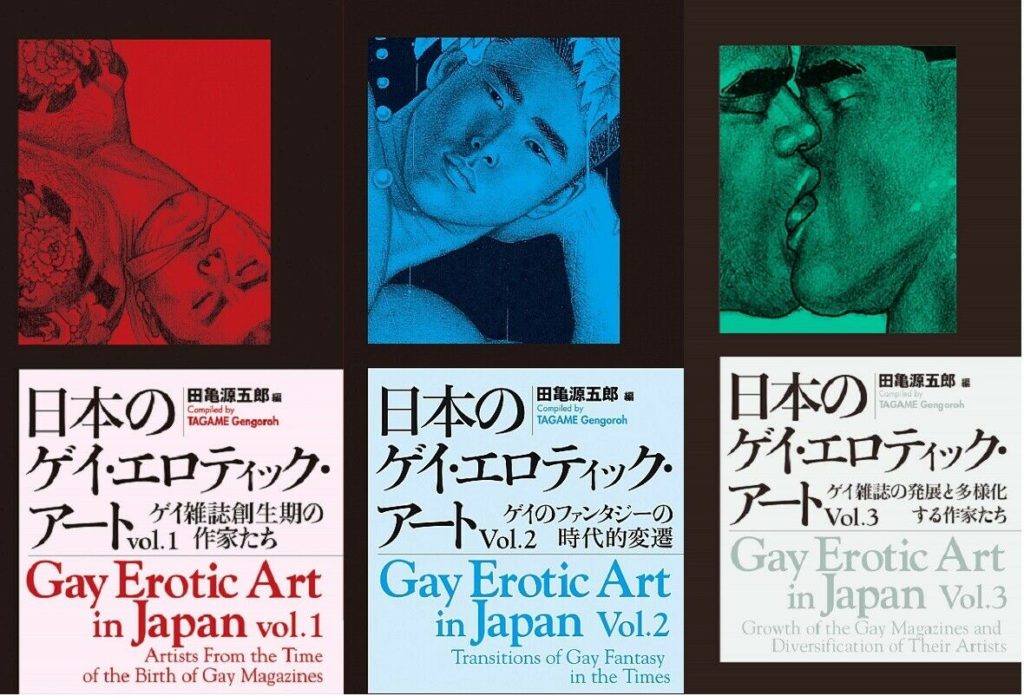
The text is a little small in English, but it’s all there, and the illustrations are pretty incredible. They’re still in print from publisher Pot Publishing, and available for the cover price and so you should be able to order them through your local Japanese book store, or through Amazon Japan.
19:55 Massive is very much an introduction to gay Japanese manga, and an introduction to the featured manga creators, with tons of additional illustrations and archival material. The three introductions written by the editors are very interesting as they each tackle different parts of not only this work, but its history and reception.
Chip Kidd’s introduction focuses on the freedom of publishing out, uncensored gay erotica, and his enjoyment of it as a fan. Anne Ishii’s introduction focuses on the radical notion of queer art and occupying space. Graham Kolbeins’ intro talks about the history of this material and tries to provide cultural context. All three are must-reads, IMHO, in reading this book… but David actually disagrees a little.
21:00 So David makes a great point here, as he’s interested in a lot of the cultural context for what makes these images and stories important to the creators, and what they mean. He starts off by referencing the double-page spreads introducing each artist, with a photograph and example of their work, that runs from page 12-20. Here’s those first three spreads:


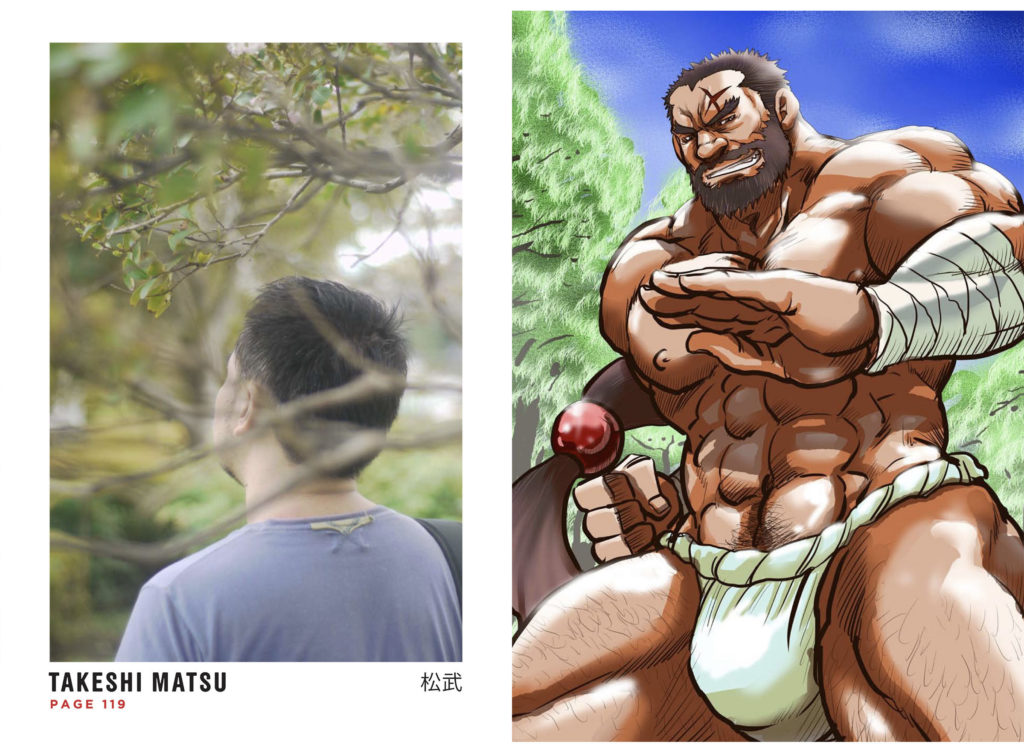
David’s questions are fascinating: Why were these specific images chosen? What meaning do they hold for the creator? Are they just decoration or emblematic of their work? Why is this image of a yakuza with a Jesus tattoo, or this real Street-Fighter-lookin’ dude selected to represent this artist? Why was it important to include?
Honestly, these aren’t questions I ever asked, because I’m deeply familiar with the oeuvres of all three artists. Tagame’s drawing makes perfect sense to me, as does the sexual awakening that comes with realizing Ryu and Gouken from Street Fighter are pretty hot (and that new Street Fighter 6 Ryu, which the internet is calling “Daddy-Ryu,” has perhaps made it more plainly relevant now). Inu Yoshi’s cute chubby dude in a fundoshi? Makes perfect sense — this dude loves drawing dudes in fundoshi.
David explains that he’s much less interested in the historical context of this work as a whole, than he is curious about the cultural context of the individual works and artists that were chosen for this book. Essentially, he’d like to ask the artists: Why do you find this erotic? That’s a valid point, especially given that there’s a ton of text in this book. I do think that this book can’t be everything to all people, but we definitely need more books at some point. I will also say that there’s a lot more of that specific “What is hot or important about this story?” in The Passion of Gengoroh Tagame, and that would’ve been interesting in the book too!
Now, ALL OF THAT SAID, here’s something that’s crazy interesting:
In writing the show notes, I pulled down my copy of Gay Erotic Art In Japan (as mentioned above) and while flipping through, came across these illustrations by artist Go Mishima (1928-1988).

Mishima, as Tagame’s book points out, was a gay artist who began to draw ‘artistic’ nudes when he bumped into the novelist Yukio Mishima (yes, THAT Yukio Mishima) at the gym. The ‘pals’ would hang out, draw nudes, and talk about homoeroticism together. Just guy stuff. LOL. Anyway, Go Mishima got really into drawing homoerotic art more professionally (instead of getting into Japanese Nationalism, like his pal). In 1964, his artwork started to be published in gay magazines, after making underground art for many years prior.
So looking at these images (which I photographed from a book that Tagame edited), it’s pretty clear to me that the image chosen to represent Tagame’s work is drawn in a style referencing Go Mishima’s work, Tagame seems to be paying homage to someone who influenced him here, pointing to lineage of gay illustration, and that’s actually kind of amazing! I think this is the exact sort of thing that David would’ve loved more background on in this book… but also, with 9 stories and another 4 or 5 dozen individual images, it would’ve made the book basically impossible, too. Perfect is the enemy of good (and great), and I do think this is a great book regardless. 🙂
22:45 I wonder if I communicated this point effectively? But my take is, the more manga and books ABOUT manga that you read, and especially about the subcultures within manga, the more you’ll understand even when things aren’t explicitly stated. We get into this a bit more in a bit.
24:00 Just in case you were curious, here’s what the 9 Monsters are on the 9Monsters app.
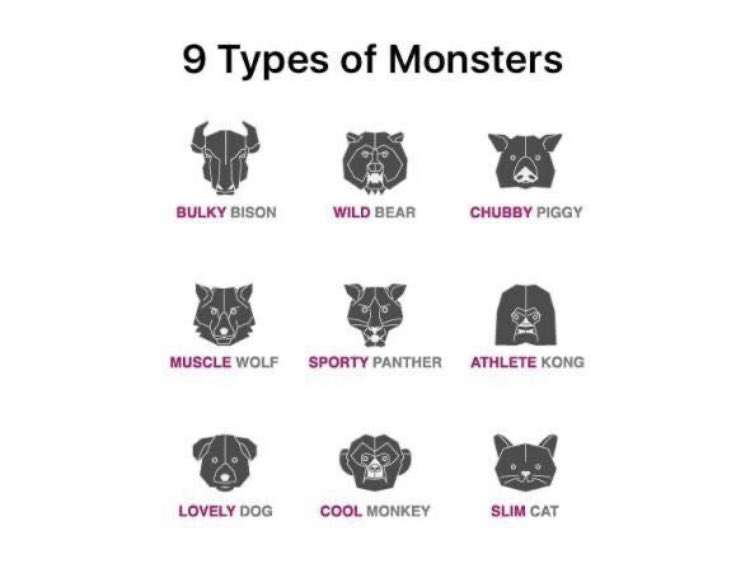
25:30 …because if he doesn’t know what wearing a mask with a pig’s snout on it could be interpreted as, then he’s still ‘innocent.’ 😉
26:45 Here’s an example of a Badi magazine cover, to give you an idea of how the dudes in this magazine tend to differ from those depicted in G-Men.

That Badi (pronounced: Buddy) magazine model has a very different build than the men in MASSIVE.
As an aside, Samson Magazine, which I mentioned in this episode is aimed at older fellows, and has actually been going for a very long time, I think it’s up to issue 460 or thereabouts now. It’s still going, probably because the older fellows are its primary readership are likely to be interested in purchasing physical, printed magazines.
28:21 Caveman Guu is beautifully drawn, and also it takes place in the realm of fantasy (literally it’s a fantasy sequence, but it’s also sexual fantasy and it’s okay to have ideas within fantasy that aren’t okay to act out in the real world).

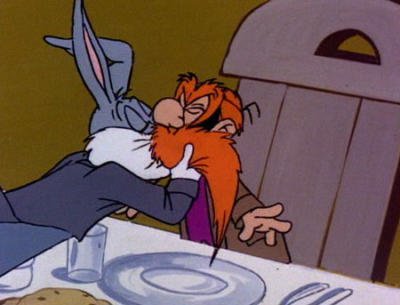
This is probably overly-clear. Ah well.
32:18 We mention comic illustrator Adam Hughes, best known for drawing beautiful, realistic, voluptuous ladies in the superhero space. He mostly just does covers these days – I think he’s done a Wonder Woman project here, or Betty & Veronica there, but his pin-ups and covers are generally what people love… as well as his personal commissions and pin-ups.
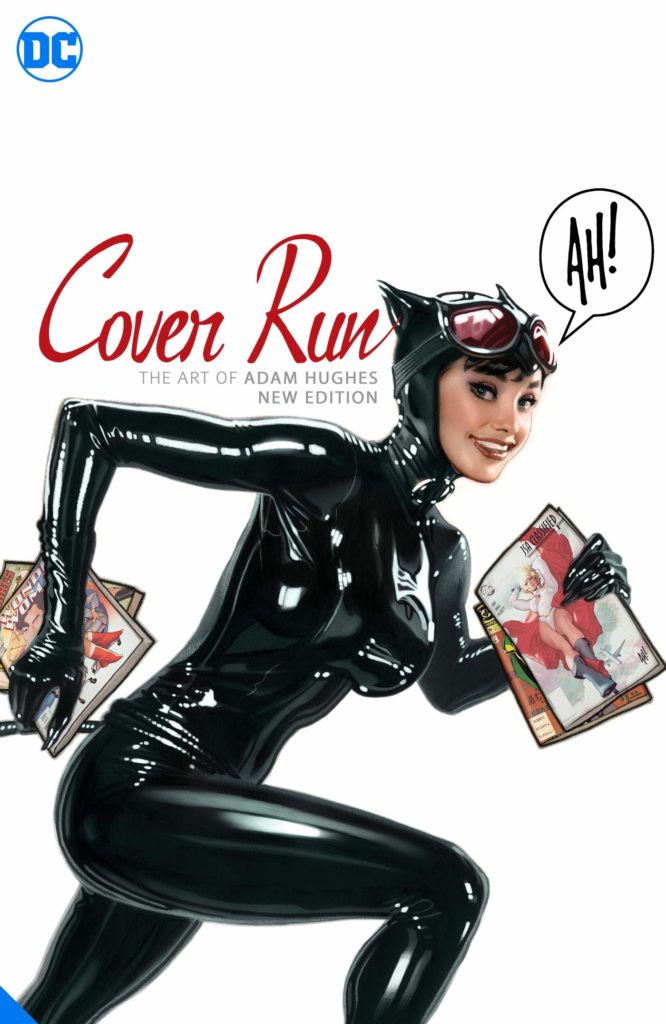
32:30 So yeah, Jiraiya, creator of Caveman Guu, and those awesome MASSIVE sweaters up top, has four collections of manga and a book of his digital art! Here’s a quick look at the books of his I have:

I can’t find the art book, it’s oversized so it’s probably on some other shelf. Anyway, I actually just checked and most of these are out of print now, because of G-Men closing? Several of these are going for hundreds of dollars. Wild. I can’t believe no one can reprint these. Maybe one day, legally, in English? Who knows, seems unlikely at this point but stranger things have happened.
33:05 Chip Kidd with a key quote about this book, and working with Tagame-sensei.
“When I spent time with Tagame-san in Tokyo in March of 2013, I was made aware of just how subversive and taboo it still is to be a gay comics artist in Japan. It is perhaps naïve to think that this book will change that, but by publishing it, uncensored, we can at least try.”
-Chip Kidd
35:45 Yeah, I don’t know if you saw this, but John Oliver commissioned a Fursona for himself. It’s pretty wild! He’s an otter! Here’s the appropriate time-stamped video to get a little context, but you might want to watch the whole thing, it’s a great segment.
36:20 Deb brings up a sketch on a shikishi or ‘signing board’ by Dragon Ball and Dr. Slump creator Akira Toriyama that recently sold for USD$65,000 in an online auction.
38:00 As mentioned, there’s different levels of ‘coming out’, both in Japan and here in North America. Many of these guys aren’t ‘out’ in every facet of their lives, either as gay men or a gay comics artists. This is reflected in a couple of different ways, including whether or not they show their faces in their photographs at the beginning of this book. In fact, some of the more popular gay manga authors these days don’t even make appearances at manga doujinshi events anymore, even in an ‘out’ gay male space, because they’re not ready to be visible. Producing this work is still a little fraught, and being your out gay self is still a transgressive stance in Japan!
38:44 “Big Gym,” the photo, and what I was getting at.

So this photo is a table of the “recent” print material at the gay book and goods store Big Gym in Tokyo, from 2012 or 2013. It’s interesting because it’s a table of new works, which includes commercially-published magazines, trade paperbacks, self-published comics/doujinshi, and more.
This book, MASSIVE, includes material that was originally almost entirely self-published, with only a few chapters having appeared in gay magazines. Even then, these magazines don’t pay that great, and their print runs were relatively low… before they closed-up shop entirely. These are folks who are independent artists, making work they’re passionate about (there’s a reason why Tagame’s book was called The Passion). It’s an amazing thing that this book exists. By translating these works into English, it elevates the material and makes it more visible to readers worldwide. The original doujinshi keeps getting made in Japan by these artists, and they’re finding new ways to sell it and pay their rent.
On that note, translator Dan Kanemitsu just posted a Twitter thread talking about the state of the doujinshi industry, following the closure of a major doujinshi retailer, Tora No Ana. Really great insight here about the inter-connectedness of the doujinshi world in Japan, go check it out.
41:15 Mangasplaining basics: Doujinshi!
Doujinshi refers to any self-published material in Japan, though it’s almost exclusively used to refer to self-published manga. Doujinshi in Japan, self-published comics, are by-and-large mostly ‘parody’ works. Something like 90% of doujinshi takes characters from popular anime, manga, and popular culture, ‘ships’ the characters and shows them doing It. If I had to guess the demographics of doujinshi created/consumed in Japan, I’d say it’s 50% for straight male audience/creators, 49% straight ladies making boys love manga, mostly for other female readers, and 1% everything else.
[Deb:] Also to clarify, doujinshi really isn’t just comics! I’ve bought doujinshi that are like mini artbooks/collections of illustrations. I’ve also seen doujinshi that are like fanzines/prose or non-fiction essays about eclectic subjects like military history, vintage cameras, instant curry, or travel. There’s also doujin games and doujin visual novels, and probably much more. The sheer quantity, variety and creativity that’s on display at doujinshi shows in Japan would make your head spin, especially if your expectations are what you normally see at artists’ alleys at N. American comics and anime conventions.
I recently live-tweeted a Fujo-Con panel about the state of self-published comics in Japan now, hosted by doujinshi publisher Irodori Sakura. It was a fascinating conversation about how the pandemic has impacted doujinshi culture over the past 2 years.
The video from the panel isn’t yet live on the FujoCon YouTube channel, but last year’s panel where Irodori Sakura explains what doujinshi is available to watch now (it’s YouTube-only and doesn’t allow embeds, so click here to view it.)
Also, Irodori Sakura promised that they’ll be translating / making more geicomi (gay manga) available in the months to come. In the meantime, check out what they have now and perhaps make a purchase to support the artists and encourage Irodori Sakura to get even more gay manga titles added to their site.
43:45 Ichikawa is really impressive! He’s someone who is really committed to making gay manga of all kinds, and has been aggressive about trying to get his work online and able to be purchased legally too, even selling it from the FAKKU! website!

45:10 Whew, that whole sequence on page 218, from Seizoh Ebisubashi’s Mr. Tokugawa Grade 5 Room 4 Homeroom Teacher with the little dance is just adorable.
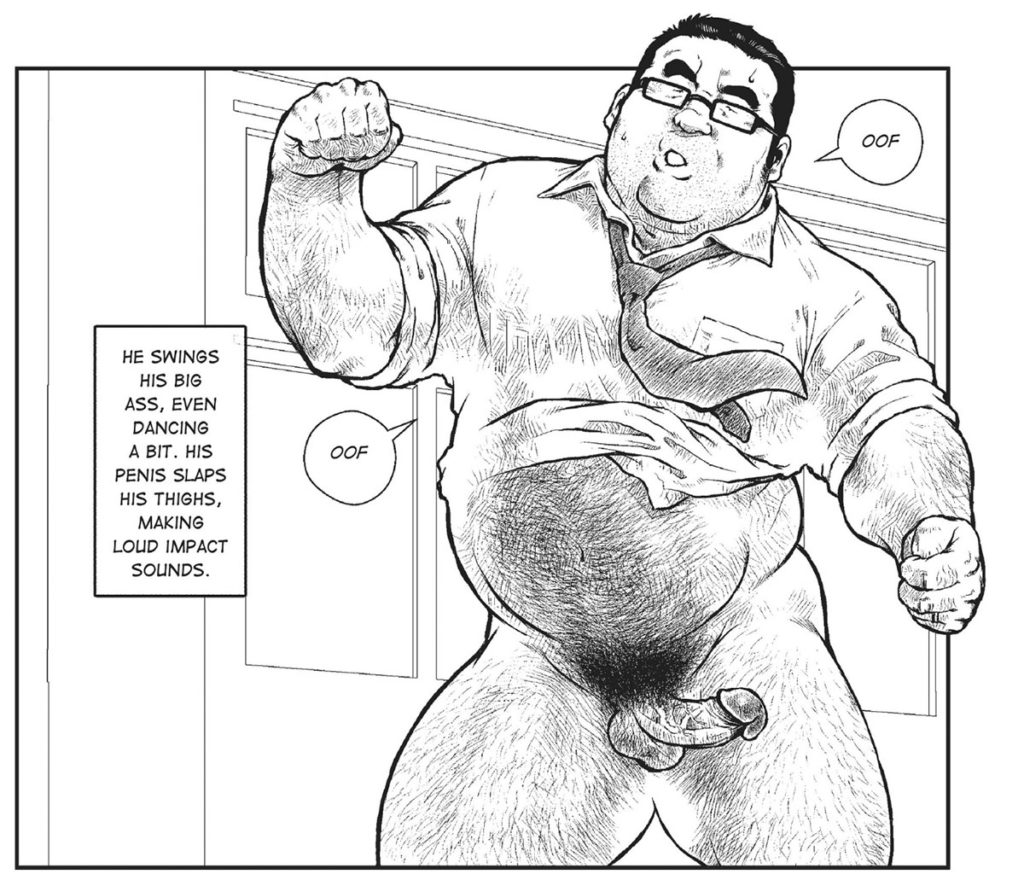
Conversely, there are the multiple stink descriptions, and that’s less adorable…?
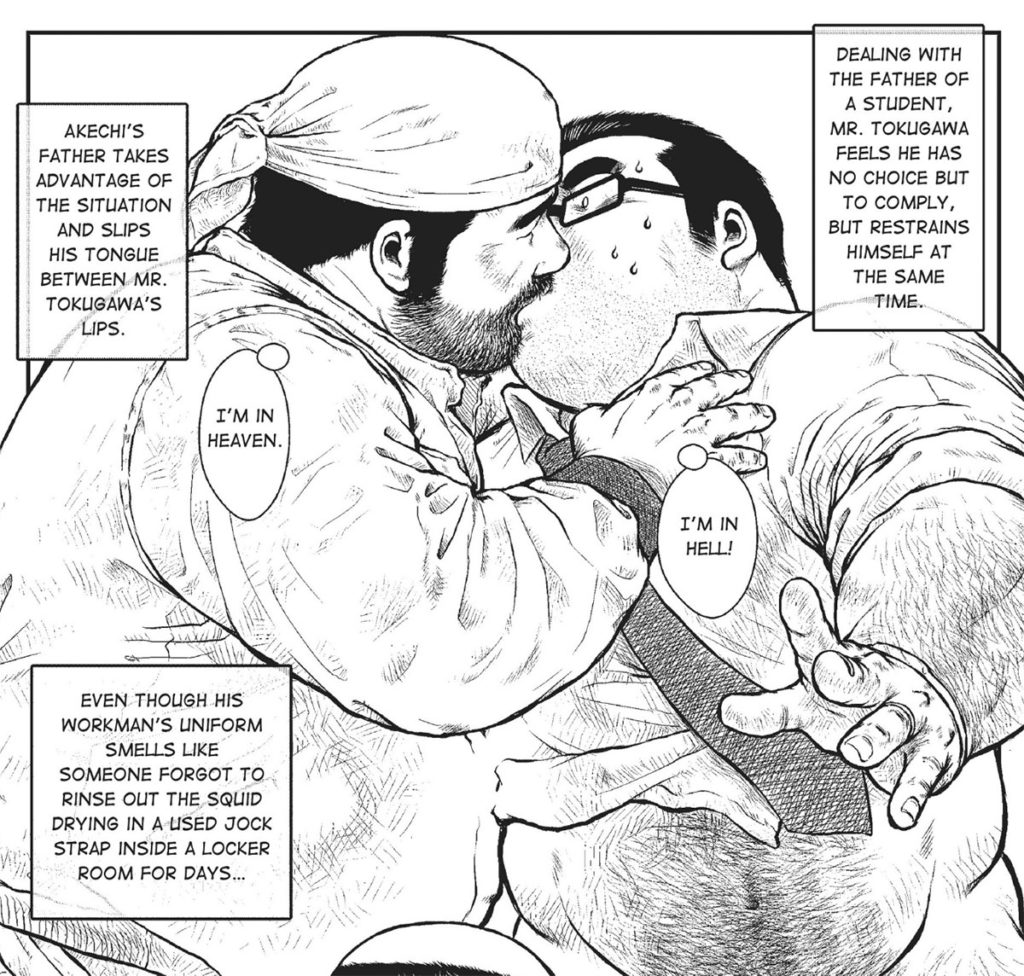
46:40 David mentions Page 226, with the character bent over, almost doing a superhero pose!

47:05 Next time you’re in an Asian supermarket, crack open a bag of dried squid snacks to get the beginnings of a hint of what we’re talking about. Buy the snacks first, though.
47:37 Who knew that Inu Yoshi’s story, Mildly Erotic Humanoid Helper, about a guy getting a robot housekeeper/sexy-friend would actually be a mirror held up to the Mangasplaining crew and their particular ‘someone gets a robot girlfriend/boyfriend’ manga reference points? The titles we mention are Chobits by Clamp, Absolute Boyfriend by Yuu Watase, and Video Girl Ai by Masakazu Katsura, which are all versions of this premise that go in very different directions.
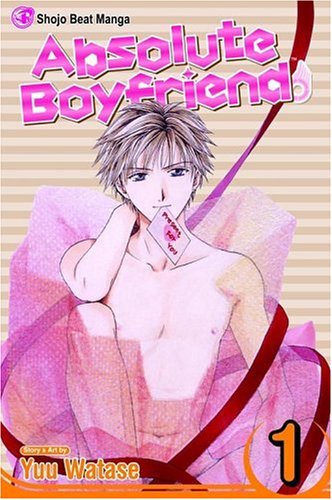
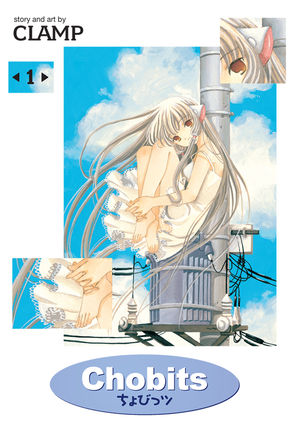
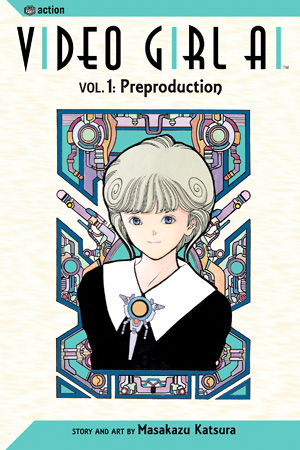
47:50 David references the “Terminator pose” from Inu Yoshi’s ‘Kandagawa-kun’ after being stuck in the box, and that’s good stuff.

49:40 Tagame actually talks about the word ‘bara’ in his interview in this book, and his distaste for it. No quotes, go buy the book and read it for yourself! 😀
52:10 Robotic Seal? Is that the 10th monster? No, it’s Paro-chan!
I gotta be honest, I have no idea why the gay bar we were at had a robotic seal toy, they’re not cheap. But they did have one and Chip just cuddled him the whole time we were there, it was amazing.
57:30 So the first big ‘gay’ manga in a traditional manga magazine? Fumi Yoshinaga’s What Did You Eat Yesterday, which we’ve mentioned a few times on the podcast. While Yoshinaga is a straight woman, she wanted to tell a story about real ‘gay’ men in a mainstream magazine (Kodansha’s Morning magazine) after years of telling BL fantasy stories, and the title was well-received.
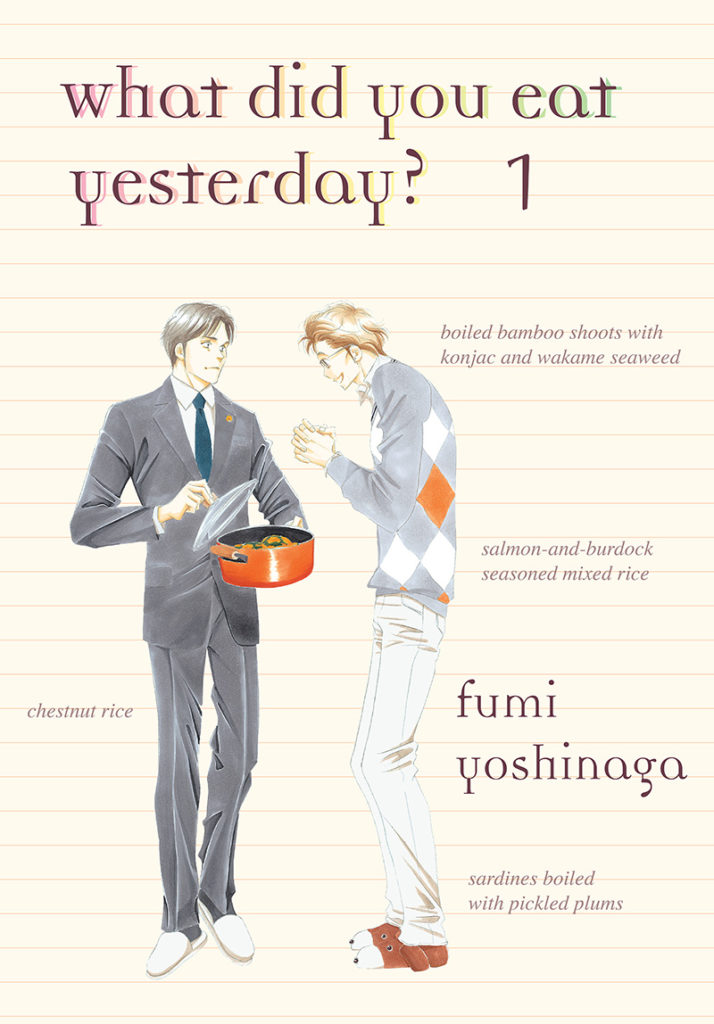
Yoshinaga’s What Did You Eat Yesterday? absolutely opened the doors to not just gay subject matter, but gay creators in “mainstream” manga magazines. It gave us Tagame’s My Brother’s Husband running in Futabasha’s Monthly Action magazine. That in turn led to gay creator Okura (and straight female artist Comi Hashii)’s That Blue Sky Feeling and I Think Our Son Is Gay running in Square Enix’s Gangan Joker magazine, out gay creator Sansuke Yamada’s Areyo Hoshikuzu running in Kodansha’s Comics Beam, and out lesbian creator Kabi Nagata moving from PIXIV & East Press with My Lesbian Experience with Loneliness to Shogakukan’s Big Comics Special magazine for its sequel, My Solo Exchange Diary, and many more titles besides.
I’m glad those doors were opened for more queer creators to get work, and I’m also glad that Yoshinaga’s work continues and is as strong as ever, if not moreso.
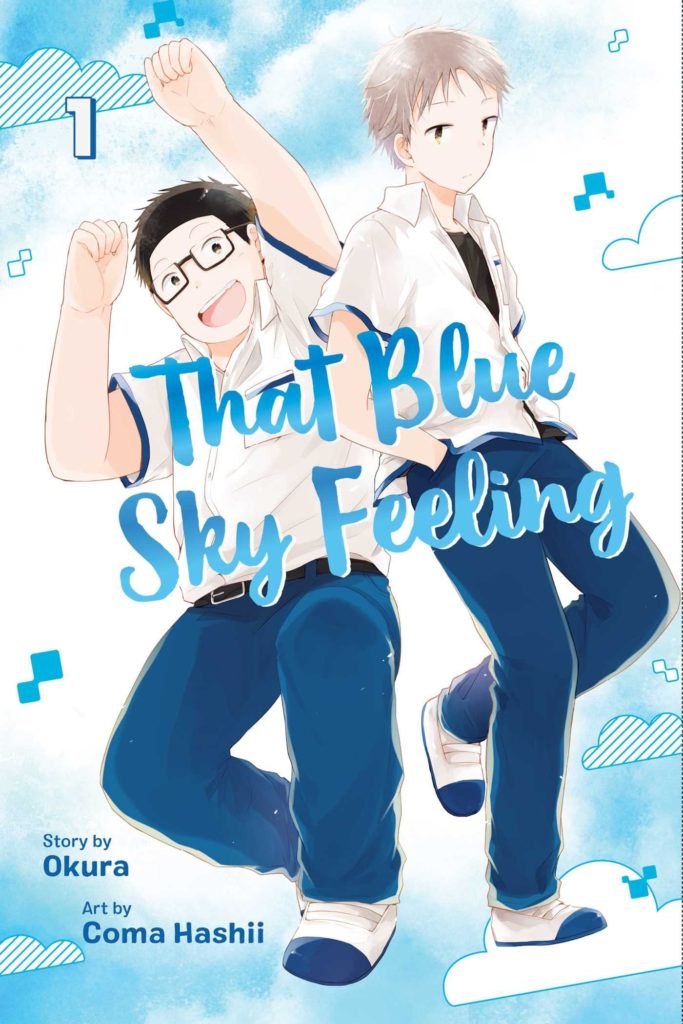
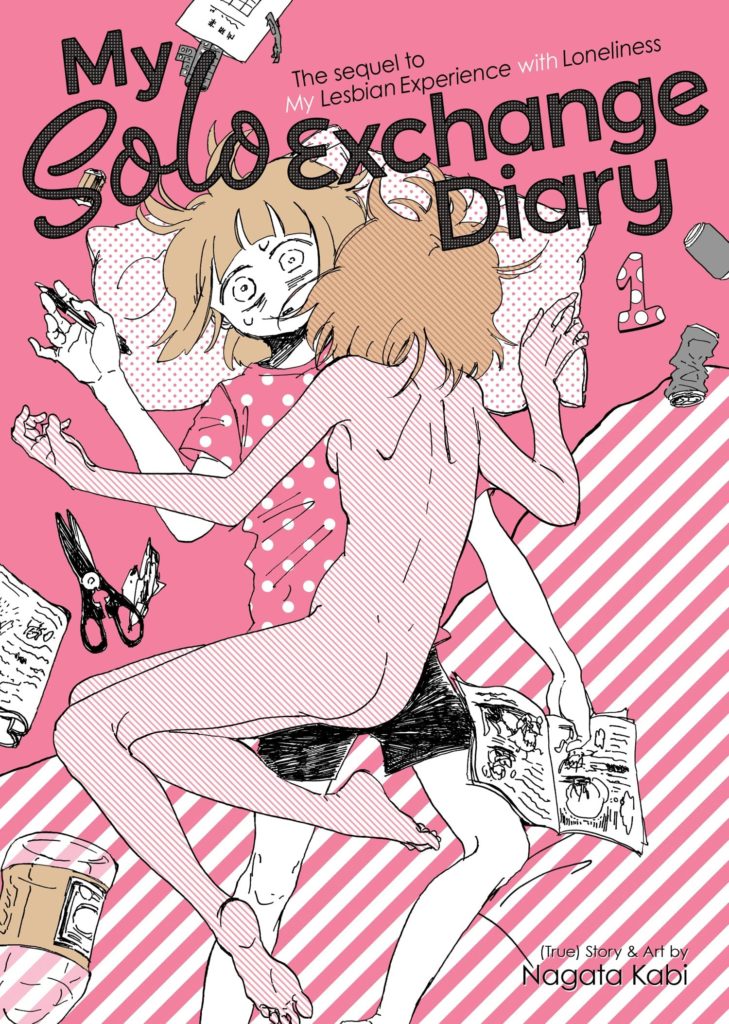
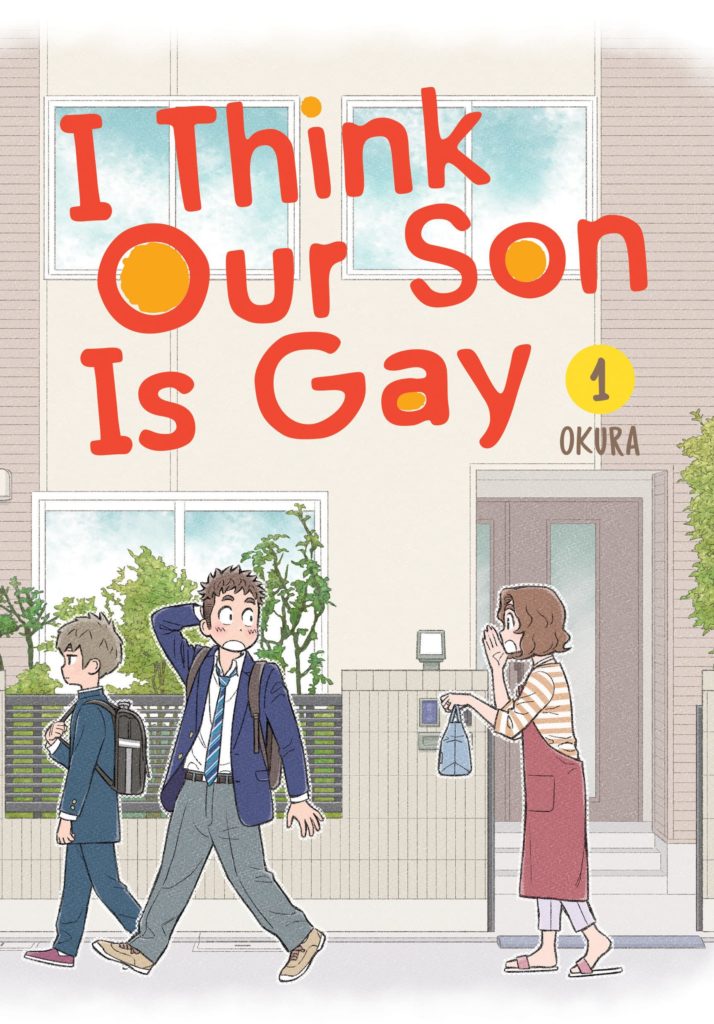
59:00 So yeah, masculine sensuality is one of those things that, if you’re not looking for it you won’t necessarily see in comics illustration, but once you notice it, you’ll never un-see it again. Whether it’s in the classically trained art style (that doesn’t shy away from male beauty) of straight superhero artists like Steve Rude and Alan Davis, or out gay superhero artists like Phil Jimenez and Steve Sadowski, it’s a tell for good comics work. It’s a much needed tonic to artists who only draw the ladies sexy, but draw their dudes with all hard edges. Here’s an example drawing by Fumi Miyabi from his introductory segment that shows that ‘classical’ reference to his work, and the softness and sensuality of his illustration, even for a ‘muscle-y’ arm.

When I reached out to a few gay superhero-fan friends, they also recommended giving a shout out to gay erotica artist Joe Phillips, who has been making sexy, superhero-y gay art for a long time now! Check out his work at http://www.joephillips.com/.

59:50 David also mentions this gorgeous illustration by Gai Mizuki from his introduction section as well, of a wrestler with his boot off.
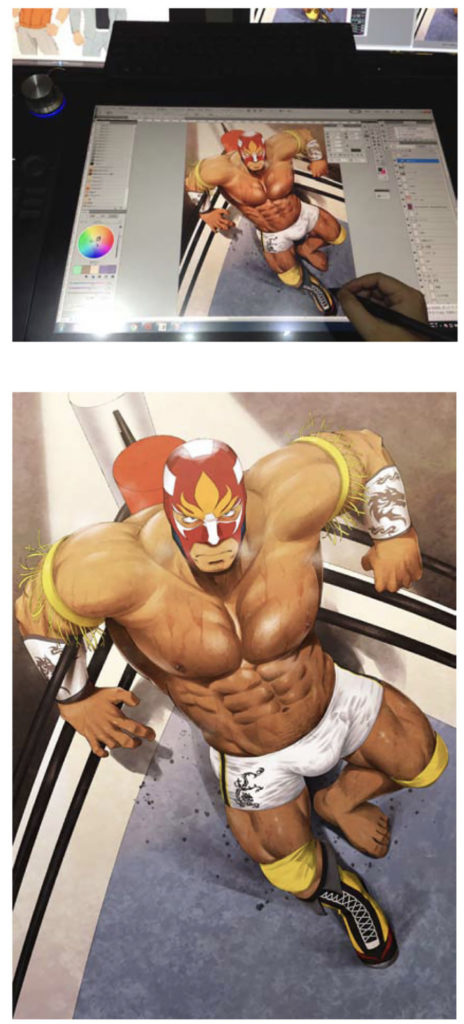
1:00:45 The non-con vibe to many of the stories is worth talking about a little more. Shame is a big part of the book, and how things are shameful, and then freeing, hidden versus exposed, etc. It’s right in the introduction by Chip Kidd, but it’s also a huge part of basically every story in the book… except for Kumada Poohsuke’s 4-panel comics actually, which are VERY MUCH about being out and proud. Don’t worry though, there’s a second longer comic by Poohsuke-sensei also included, and we’re right back to the shame of being ‘found out’ about your kinks again. 🙂
Yeah, I think people in these manga being afraid of giving themselves to pleasure, of being ‘found-out’ for either being gay (or for their specific kinks), of needing ‘excuses’ to get together with other dudes (mind control figures heavily into about half the stories) is part and parcel of creators dealing with issues around permissiveness and sex. It makes for a fascinating work as a collection.
1:05:20 The story Tengudake (which was probably my fave other than Caveman Guu) by Fumi Miyabi IS best described as being like the episode of Futurama where Bender gets a human body and… indulges… heh, but maybe in reverse? Anyway, it’s a fun one, and what better note to go out on than with a Trump, a Brimp, and a Zrrm…?

Thanks for reading and listening to this episode, we hope you enjoyed it!
1:06:23: THE BREAK! Timestamps after this point may be off due to dynamic ad insertion.
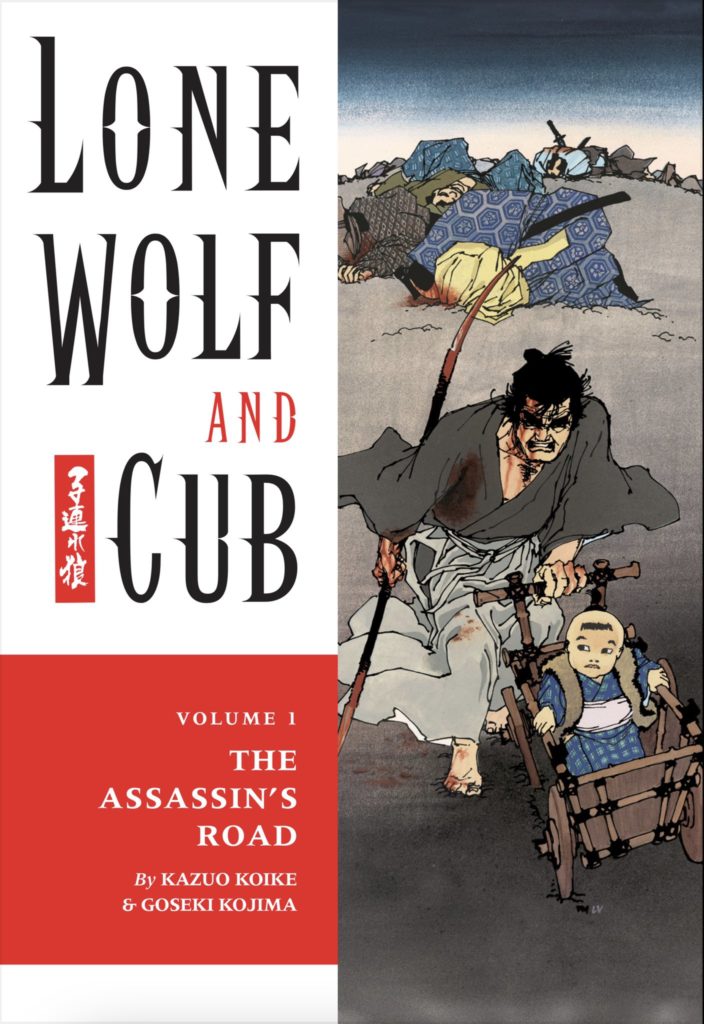
ComiXology Manga Must Reads:
Lone Wolf & Cub Volume 1
By Kazuo Koike and Goseki Kojima
Translated by Dana Lewis
Lettering and retouch by Digital Chameleon
Edited by Dan Harris, Mike Hansen, Tim Ervin, and Toren Smith
Cover art by Frank Miller and Lynn Varley
Published by Dark Horse Comics
Welcome to Manga Must-Reads, brought to you by ComiXology. With ComiXology Unlimited, you get access to over 6,000 manga titles, including new, classic and undiscovered gems that you can read online, anytime, including the manga that we’ll be discussing today, Lone Wolf & Cub! Click here to check it out on ComiXology.
1:08:10 The last ‘fight’ of Lone Wolf & Cub runs through volumes 26, 27, and 28 of the Dark Horse editions. It’s an epic fight. As I mentioned in a previous episode, I still haven’t read the last 3 volumes of Lone Wolf & Cub, although I’ve owned them for years. I really loved this series, and I just didn’t want them to be over. Maybe I’ll start an epic re-read of the whole series, once I have some free time.
1:09:20 Lone Wolf & Cub is very good, but it’s also crazy intense, and it can be a lot to read 300 pages at a time… let alone 10 volumes at once, or almost 3000 pages as David! This is a series to be savoured, and enjoyed. Luckily, its short-story-like format (very few stories continue for more than one chapter) makes it very easy to dip in and enjoy any time you want. It probably also contributed to making it VERY easy to bring to North America back in the 1980s, as each chapter of the manga made for a pretty good full-length comic book.
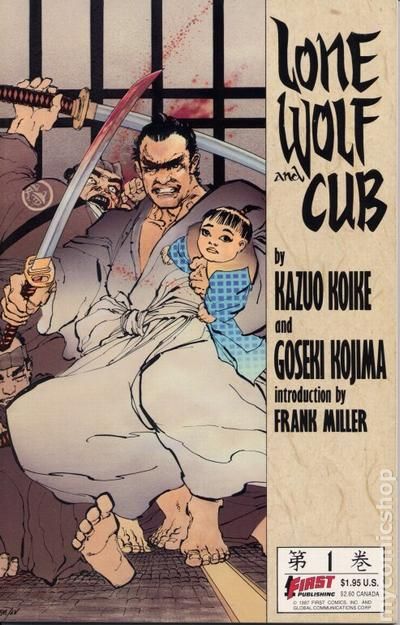
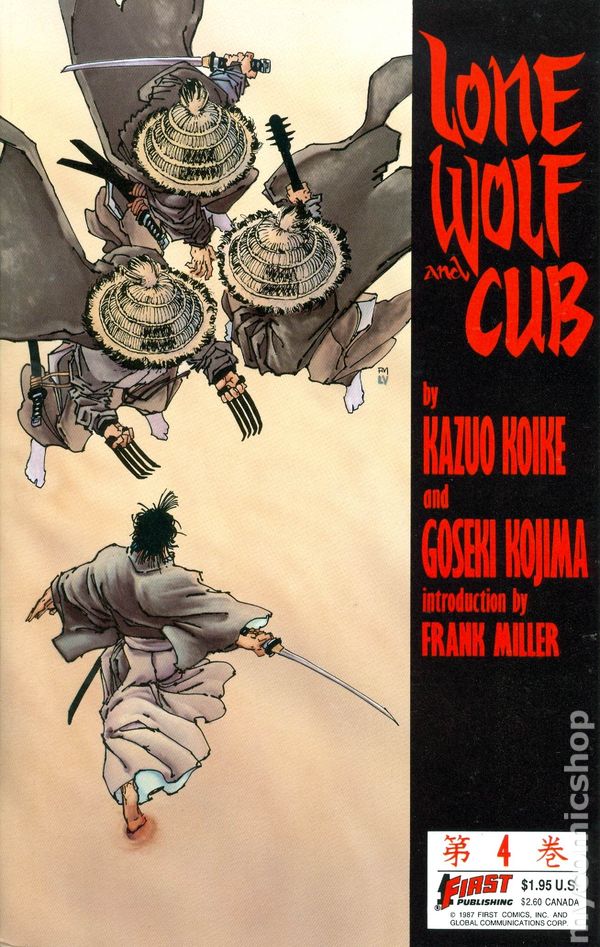
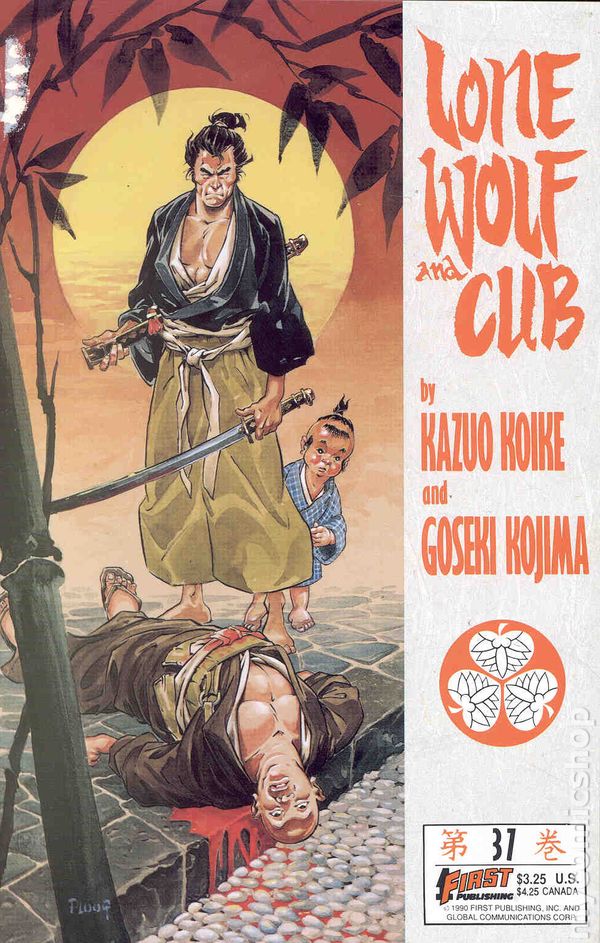
1:09:50 That was a weird turn-of-phrase! I was buying a LOT of crap from the quarter bins at comic shops, but there are amazing finds and great reads in those bins too. Lone Wolf and Cub and AKIRA being just two of them, of course.
I should point out that Lone Wolf and Cub was one of the early manga translated to English published in North America, that’s what those images are up top. 45 chapters of the series (less than a third) were published by First Comics beginning in 1987, before the company shut down in 1991.
[Deb:] The cover art by Frank Miller on most of the First Comics / Dark Horse editions of Lone Wolf and Cub are a nod to how Goseki Kojima influenced Frank Miller’s artwork, particularly his ground-breaking run on Daredevil w/ inker Klaus Janson from 1979, and his stories that have a lot of samurai and ninja sword-fightin’ action, like Ronin and Elektra Returns.
I vaguely remember hearing a story about how Frank Miller was given a copy of Lone Wolf and Cub in Japanese in the late 1970s, before the English versions were ever published. I think he mentioned this in his introduction in the First Comics edition, but I don’t think it’s in the Dark Horse versions? Not sure.
[Christopher:] The edition we’re reading this week is Dark Horse’s edition that began to be released in 2000, where 8-10 chapters would be collected in each volume, running 260-300+ pages, with new translations, notes, and other bonus material. The series is complete in 28 volumes, and that’s the version that we’re reviewing today.
Dark Horse also reprinted those omnibus editions into EVEN BIGGER omnibus editions, collecting 2-and-a-half volumes at a time, in a larger trim size and running 12 volumes total. These editions are currently between printings.
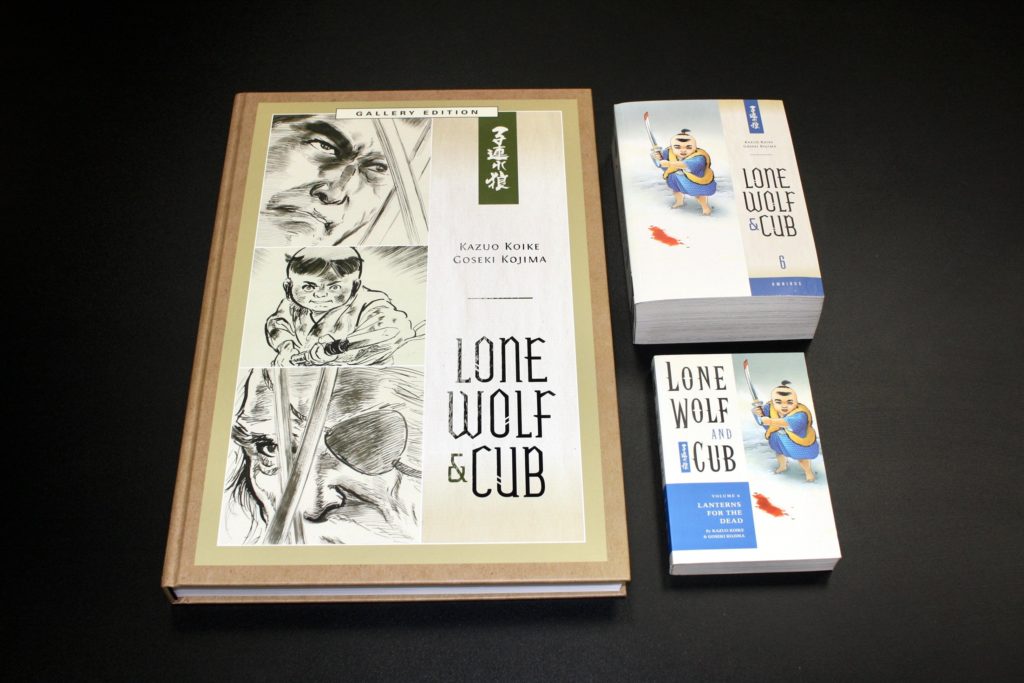
[Deb:] Then there’s the Gallery Edition. The Lone Wolf and Cub Gallery Edition is an oversized presentation of the last chapter of Lone Wolf and Cub shot from the original pages of artwork. You can see the faint pencil marks, the texture of the ink and white-out on the pages and notations in the margins. It includes both the English and Japanese versions of the pages side by side, and is an original creation of Dark Horse Comics that has not been published this way in Japan. Why only the last chapter? It was the only chapter that Dark Horse could get their hands on all the original pages of to do this. It really is something special and worth getting if you love manga art:
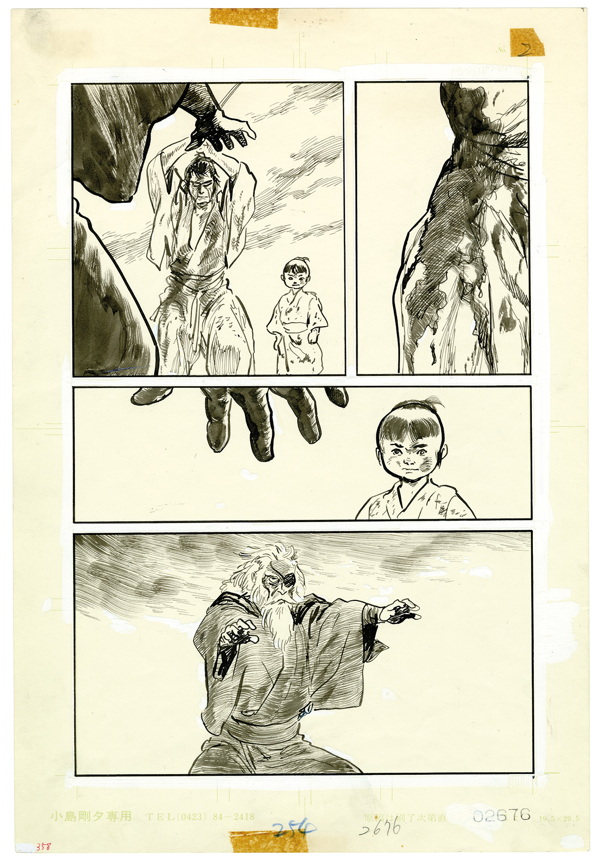
Dark Horse shared a tweet with some photos of the original pages of artwork that they photographed to include in the Gallery Edition.
I recently sat in on the Dark Horse Manga panel at Anime Expo, and they mentioned that Lone Wolf and Cub has sold over 2 million copies in N. America – and until Berserk came along, was Dark Horse’s all-time best selling comics series. (yes, more than Hellboy or other DH comics series). In Japan, it has sold over 8 million copies (as of 2019 – probably more since then).
1:12:38 I haven’t gone back to the smaller printed editions of Lone Wolf & Cub in a few years, but having just hit 45 (Happy Birthday to me) I can imagine the size of them would be a concern. I hate to admit it but I find myself zooming in on panels digitally more than I thought I’d have to. Glad to have the option though. That’s actually why I ended up reading most of this volume through Guided View…
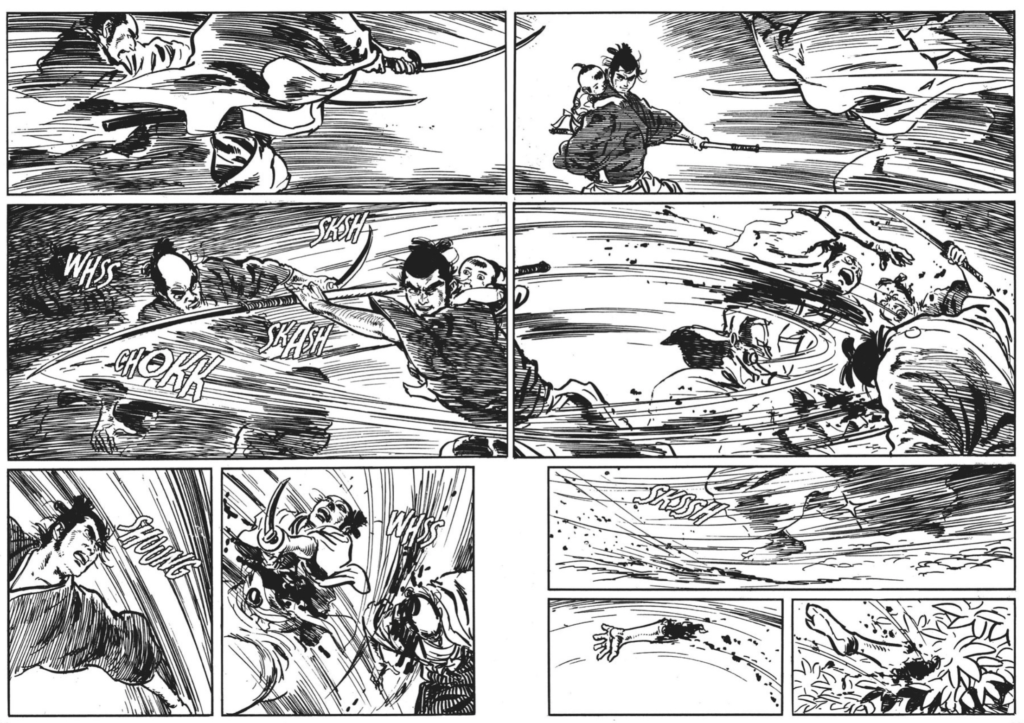
1:14:00 Lone Wolf & Cub as a weekly procedural show is a great example of what I love about this podcast (good one, Chip) but also what works about ‘men’s manga’ in Japan, or the sort of manga that would appear, one chapter at a time, in a manga magazine. When read on a subway train (or on your phone these days), it’s a complete, satisfying, and excellent reading experience that you can enjoy in the time it would take to commute to your office.
Interestingly, and this is a great connection, Lone Wolf & Cub was originally published in Japanese publisher Futabasha’s Weekly Manga Action magazine between 1970-1976.
This is the sister-magazine to Monthly Action, which published Tagame’s My Brother’s Husband, as mentioned up top! See, these two books this week ARE connected… by more than some of their more extreme depictions… 😉
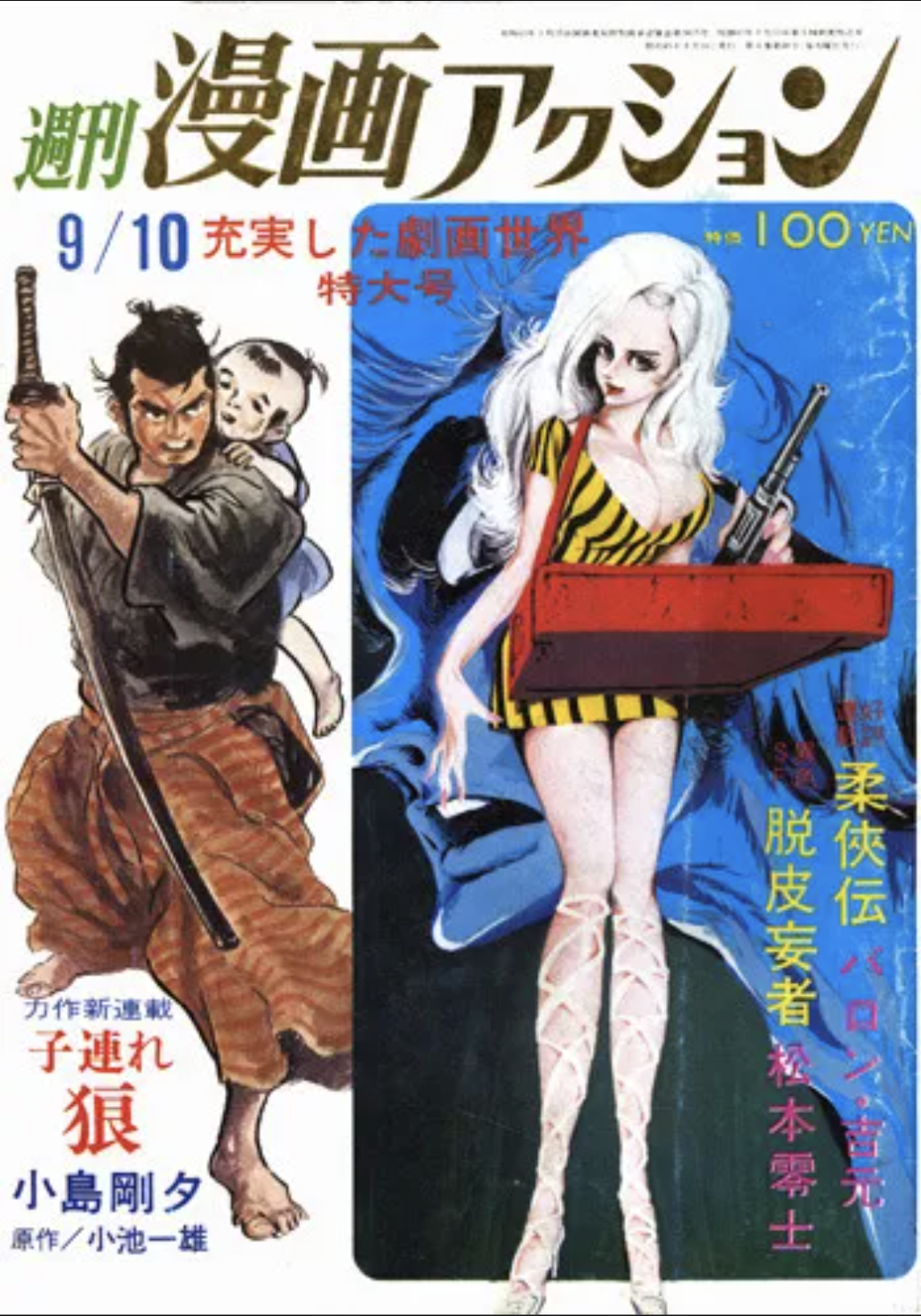
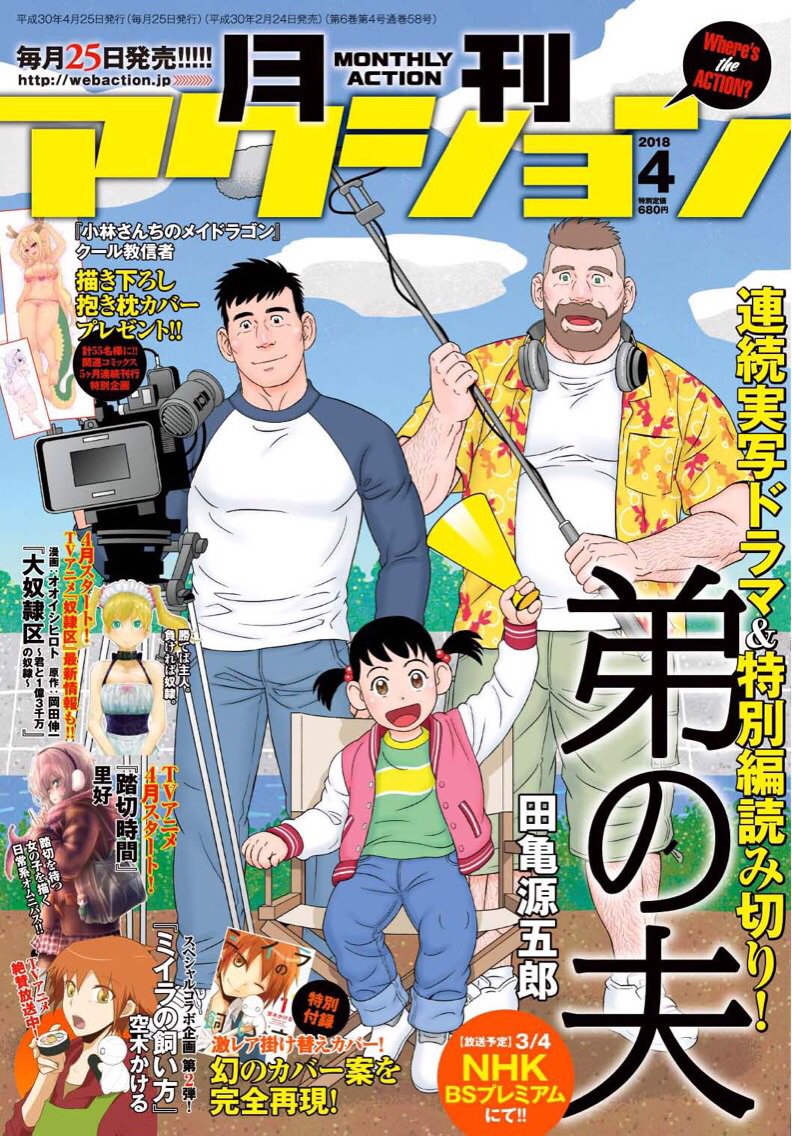
1:14:40 [Deb:] Itto Ogami making his baby son choose his destiny based on what he crawls toward reminded me of the Korean tradition of Doljabi, a ritual sometimes held at a Baek-Il or 100-day celebration. At the party, the baby is put in front of a few things – and what the baby reacts to will somehow indicate the baby’s destiny. Items include: a pencil or brush (the baby will be a scholar), thread (baby will have a long life), or a baseball (baby will be an athlete).
I don’t know how accurate this bit of baby fortune-telling is, but maybe if any of our listeners have been through this, maybe let us know if your destiny played out in a way that was predicted (or was wildly off) by your choice at your doljabi?

1:14:55 You’re just flipping pages and then all of the sudden you get an image of the toddler Daigoro peeing on a guy.
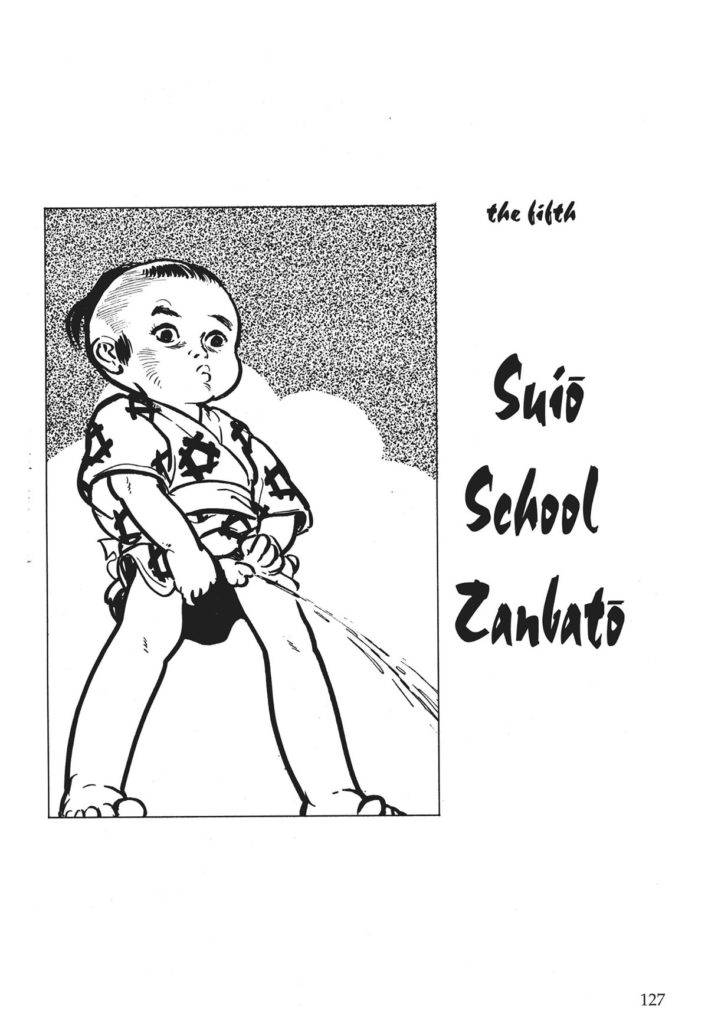
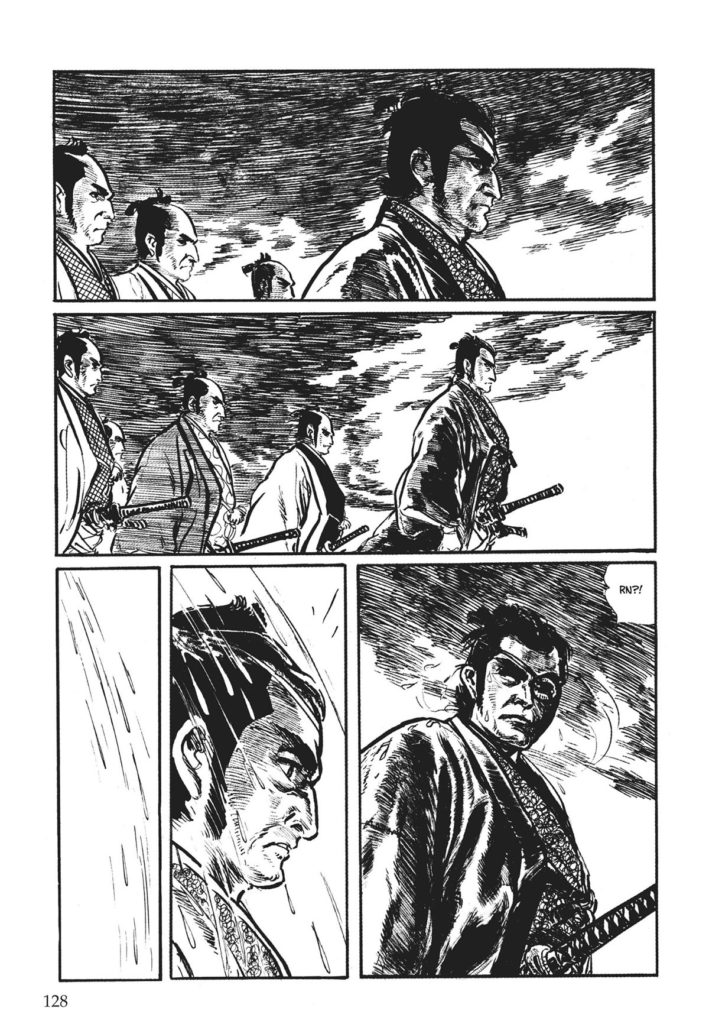
On a special note, this first volume of Lone Wolf & Cub includes work that was mostly unpublished in English, in its original publication history. When Lone Wolf & Cub was published by First Comics, they actually started with the last story that’s included in this volume, which introduces the meta-plot of the series. Although I believe they did go back and publish a few other one-offs from this volume, I’m pretty sure Daigoro peeing on a dude as the inciting incident for the story wasn’t one of those, and I’m pretty sure you can all figure out why. 🙂
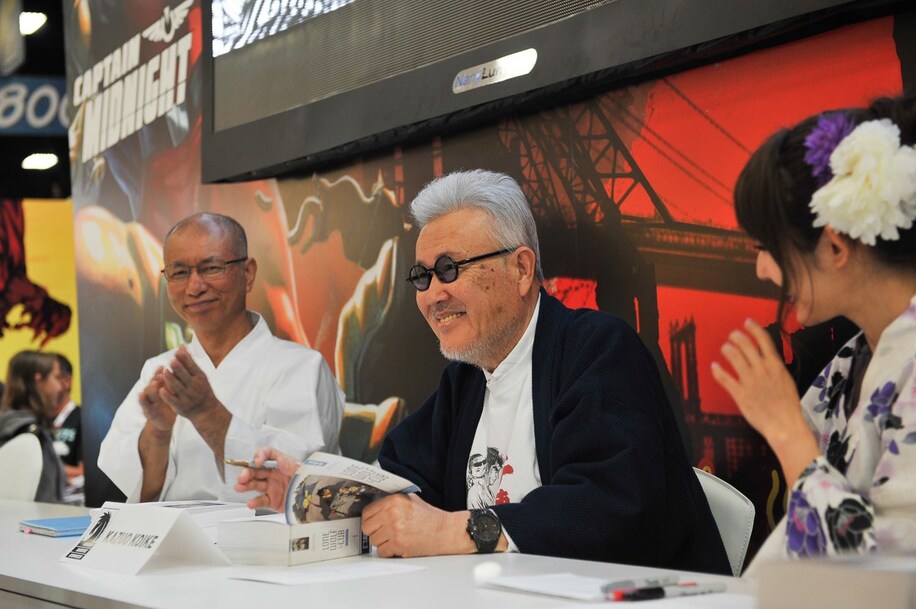
ABOUT KAZUO KOIKE
1:16:18 Kazuo Koike is a guy known for making weird, somewhat extreme seinen manga. Dark Horse have actually released digital editions of all of his work that they’ve published, so right now you can find a wide range of comics digitally (even if the print editions aren’t available), including Path of the Assassin, Lady Snowblood, Crying Freeman, and Samurai Executioner. Dark Horse is fairly committed to Koike, and have even hosted Koike as a special guest at San Diego Comic-Con in the past.
[Deb:] Kazuo Koike was also a mentor to Rumiko Takahashi (creator of Ranma ½ and Mangasplaining pick Mermaid Forest), and also played a role in starting the careers of Keisuke Itagaki (Baki the Grappler) and Tetsuo Hara (Fist of the North Star) to name a few. He did a LOT in manga and this obituary / tribute to Koike written by Joe McCullough in 2019 for The Comics Journal is worth a read:
[Christopher:] That obituary does bring up some of Koike’s other, even stranger manga work that’s no longer available in English, because they were put out by now-defunct publishers. Titles like Wounded Man and the two-volume OFFERED graphic novel are really bonkers comics that are totally worth a read if you’ve ever come across them for cheap in a discount manga bin.
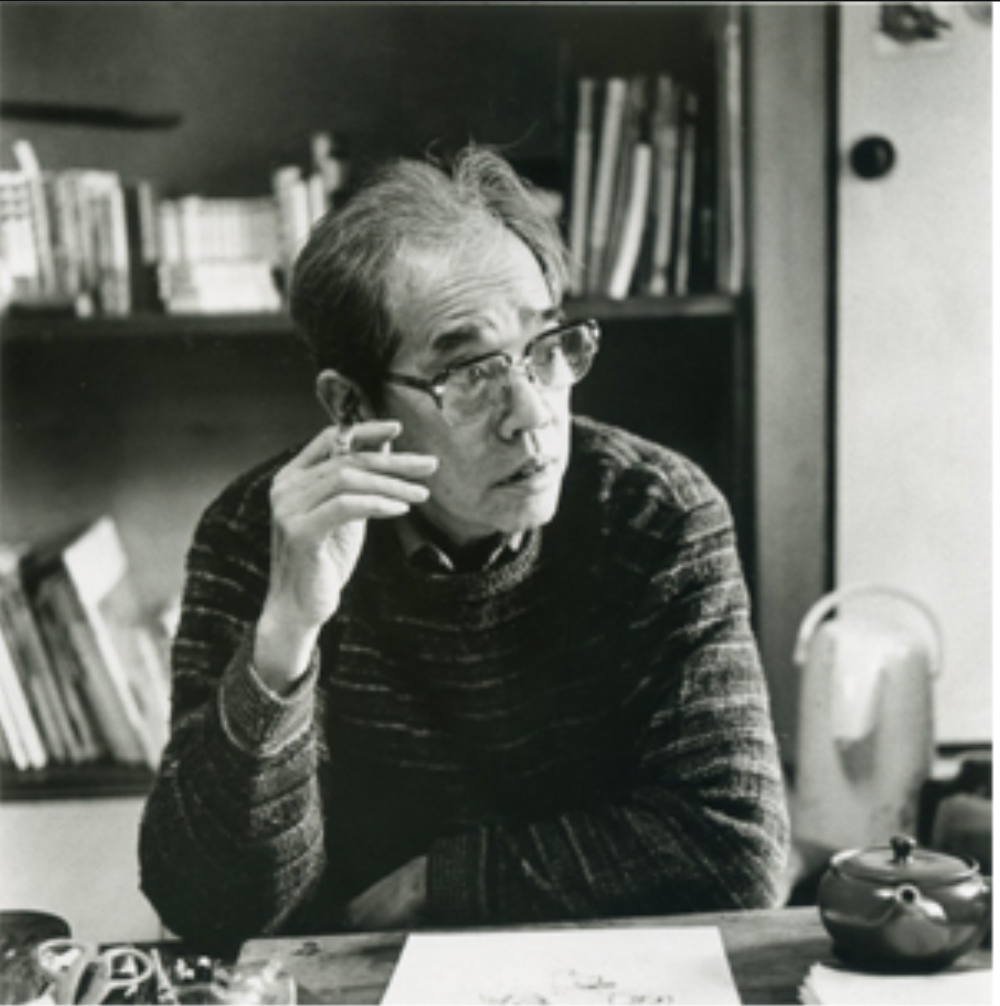
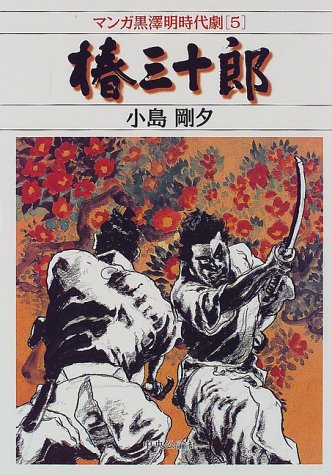
ABOUT GOSEKI KOJIMA
[Deb:] Also, we can’t forget Goseki Kojima, the creator of the art of Lone Wolf and Cub, whose masterful cinematic artwork and gorgeous pen and brushwork is why this series is revered and beloved to this day. Born in 1938 in Mie Prefecture, Kojima got his start drawing kamishibai (paper theater) panels, as many other artists of his generation did (including Shigeru Mizuki and Sanpei Shirato), and also drew for stories for the rental manga market.
Kojima worked on another historical manga series, Kamui by Sanpei Shirato before starting Lone Wolf and Cub in 1970. He also collaborated with Koike on Samurai Executioner and The Path of the Assassin. Later in his career, he also adapted some of the films of Akira Kurosawa as graphic novels. He died in 2000 at age 71. Visit GosekiPro.com to see more about his life and work.
1:16:45 Shogun Assassin is a 1980 film that combined elements from the first two Japanese Lone Wolf & Cub film adaptations into one movie, dubbed in English. Even though it isn’t the ‘authentic’ experience, the film was still hugely popular and influential on the grindhouse film circuit and in underground movie spaces. It also wasn’t the ONLY version of Lone Wolf and Cub in North America…
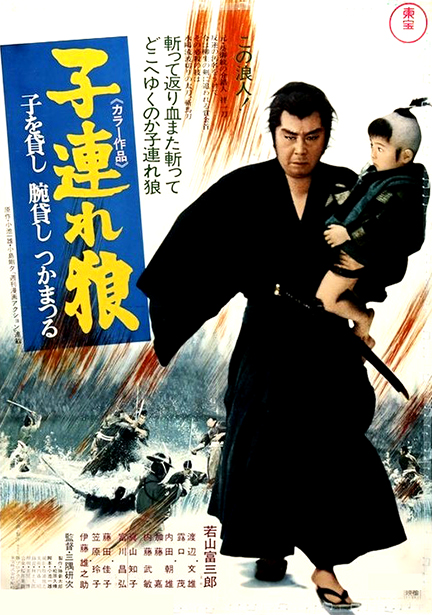
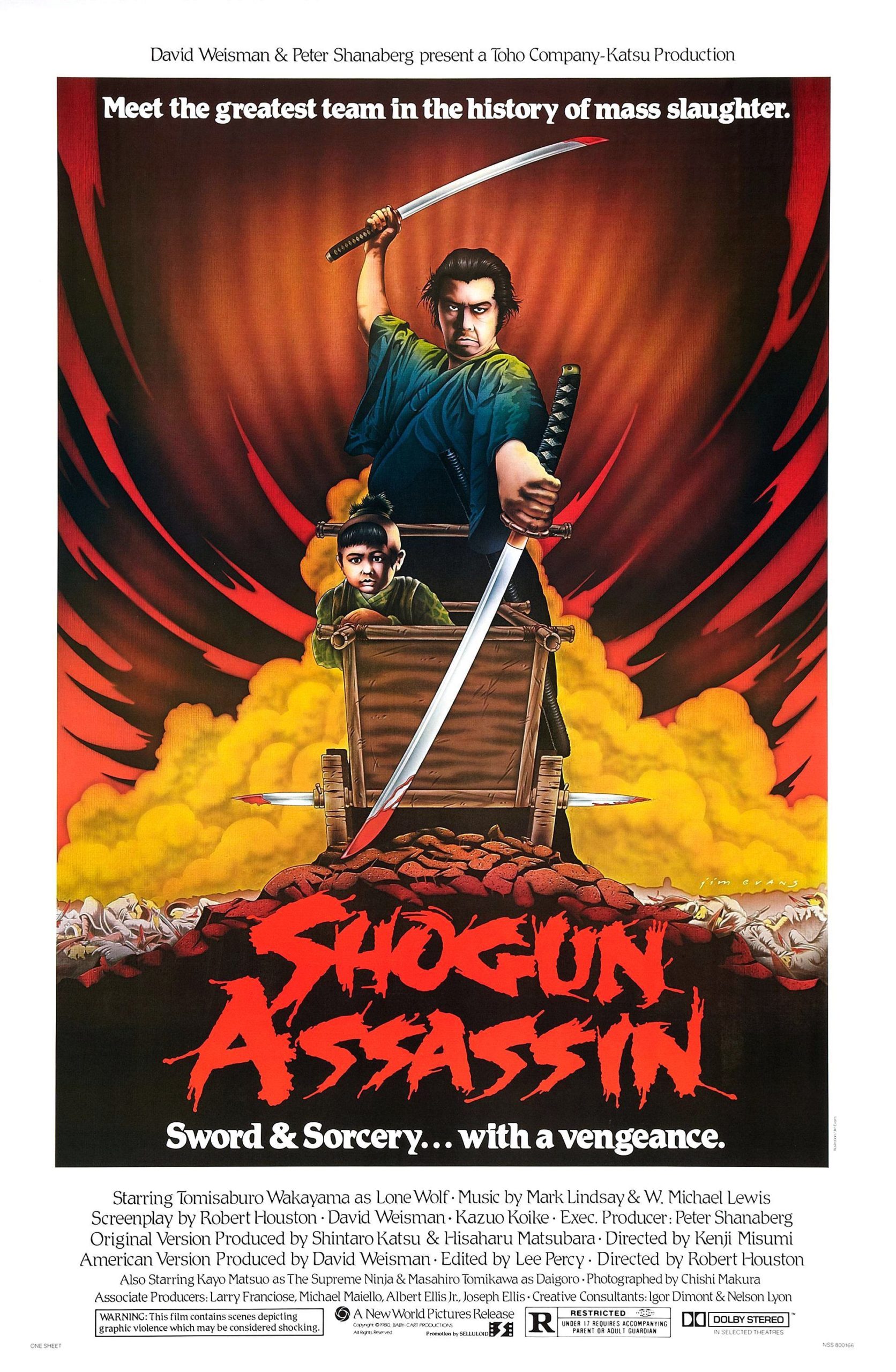
[Deb:] The movie versions of Lone Wolf and Cub were available in N. America (1972-73) before the manga was published in English. How do I know? I saw them in the local Japanese movie theater in Hawaii with my dad, who seemed to care not a whit that these very violent movies miiiiight not be appropriate for young kids! But I digress.
Lone Wolf and Cub lives on in other ways – like The Mandalorian and The Road to Perdition. There’s also a “Lone Goat and Kid” in Stan Sakai’s Usagi Yojimbo series too.
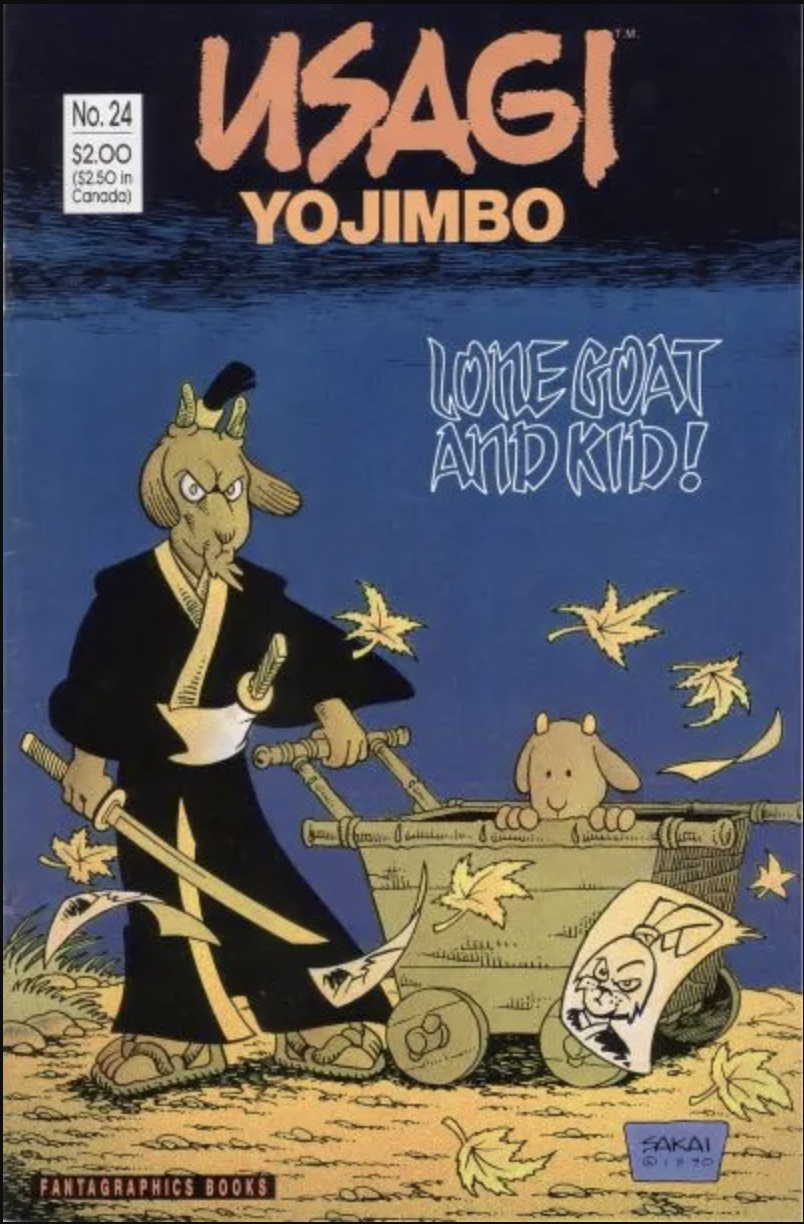
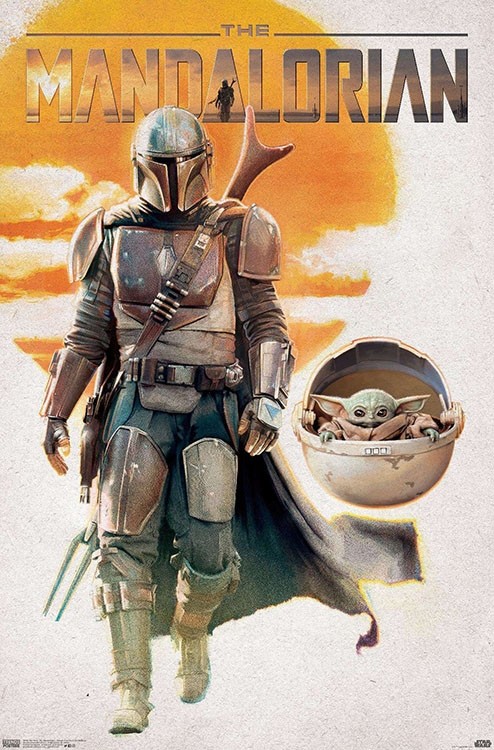
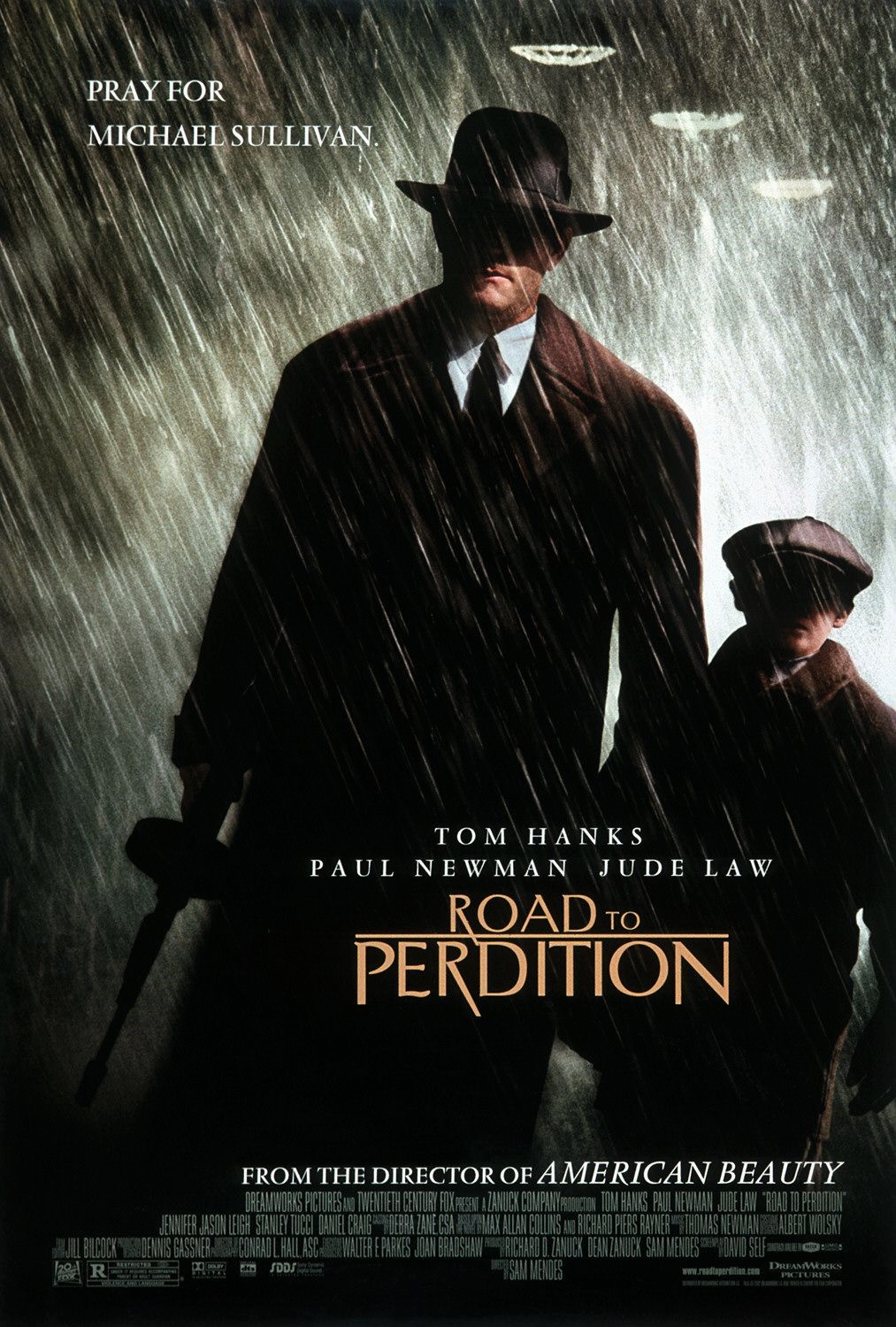
Want to watch the original Lone Wolf and Cub movies? They’re available as Criterion Collection releases, with interviews with Kazuo Koike and artwork by Paul Pope: https://www.criterion.com/boxsets/1217-lone-wolf-and-cub
There’s also some neat “untold stories” about the Lone Wolf and Cub manga and movies at Looper.
1:16:55 The GZA’s 4th Chamber off of ‘Liquid Swords’ features the ball and the sword bit from Shogun Assassin that David is talking about from the end of this volume…
…and like he says, it really is pretty cool to see the manga that inspired that scene, and this music, years and years earlier.
1:17:30 I get that this probably sounds like shilling, but I’ve never had ComiXology’s Guided View actually “work” in a way that I enjoyed before. This time out it was pretty great for certain sequences, and it made my fourth reading Lone Wolf & Cub Volume 1 a different experience. Also, y’know it worked well on a mobile device, given my worsening eyesight. 😉
1:19:15 Some of the art in this volume is considerably rougher than it will become as the series goes on. In particular, how Daigoro is drawn is kind of all over the place in this volume, as we aren’t quite sure of his age, or what he is or isn’t able to actually do.

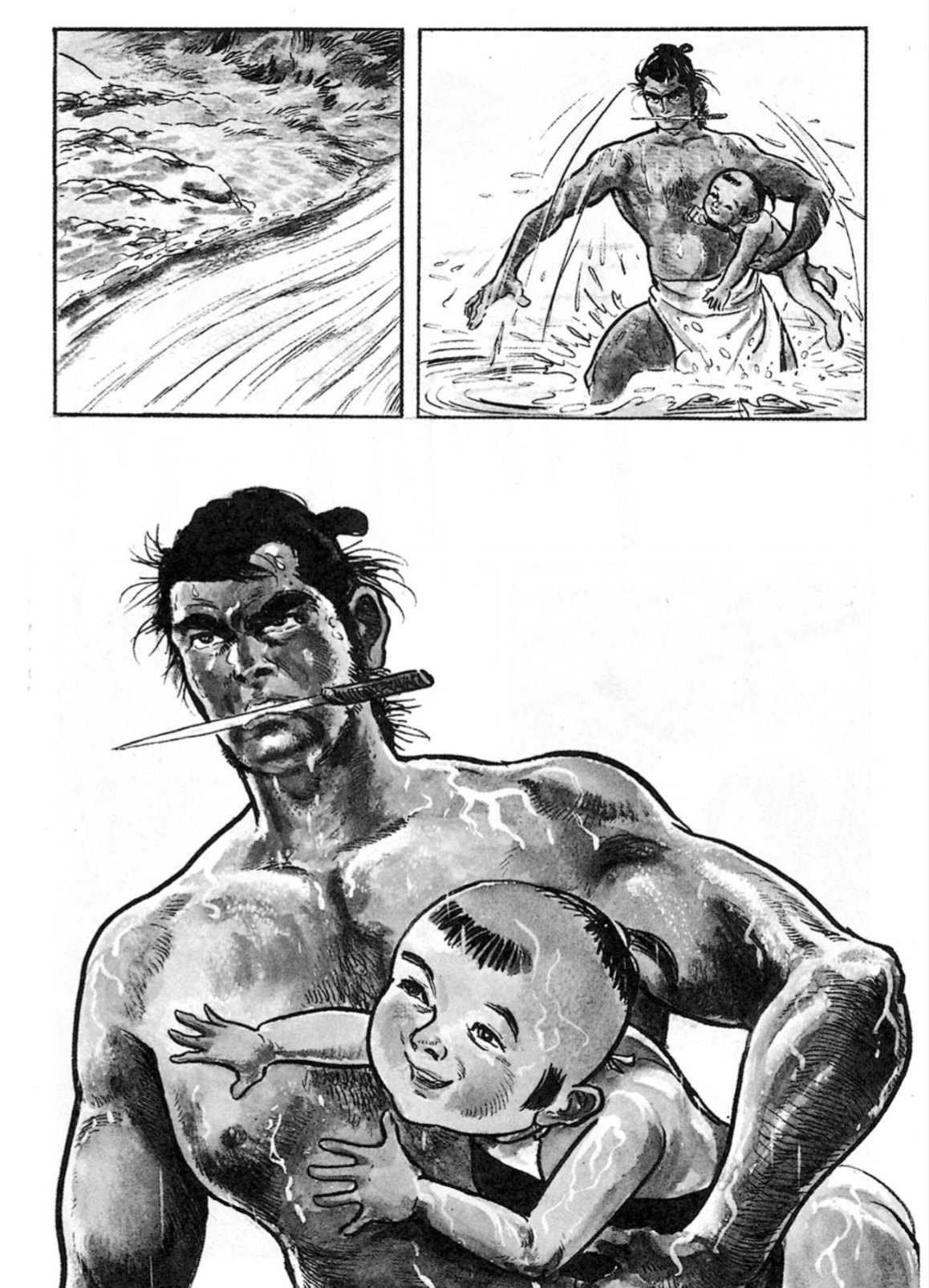

[Deb:] Vox has an explainer about why medieval artists drew babies so ugly.
1:20:00 David mentions some great art, and that great sword-fighting art permeates this book!
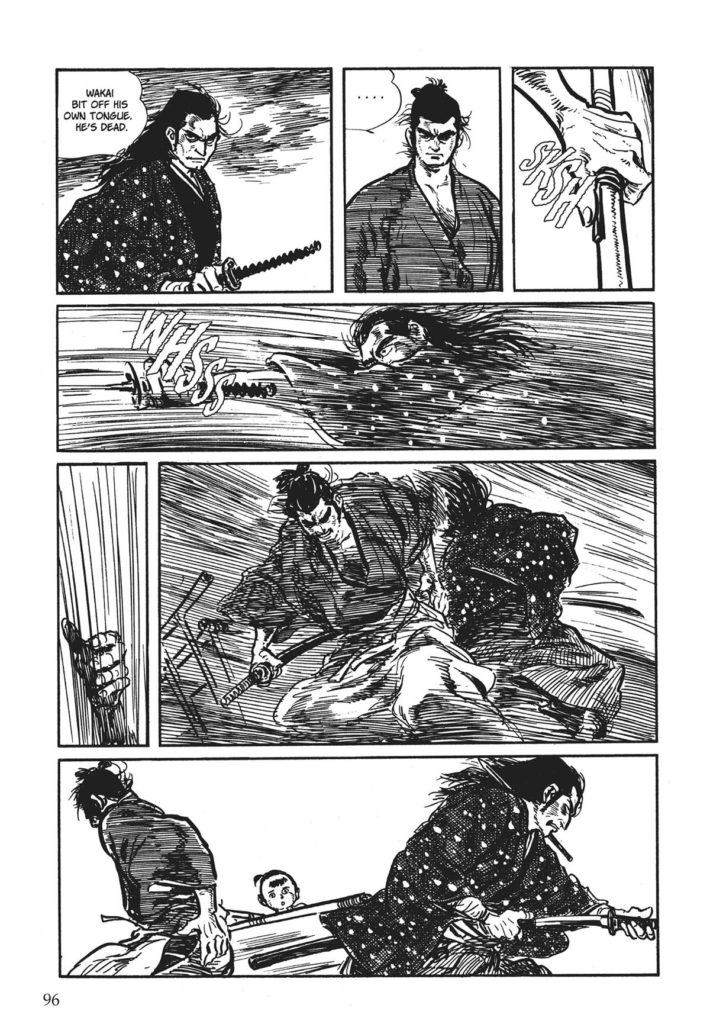
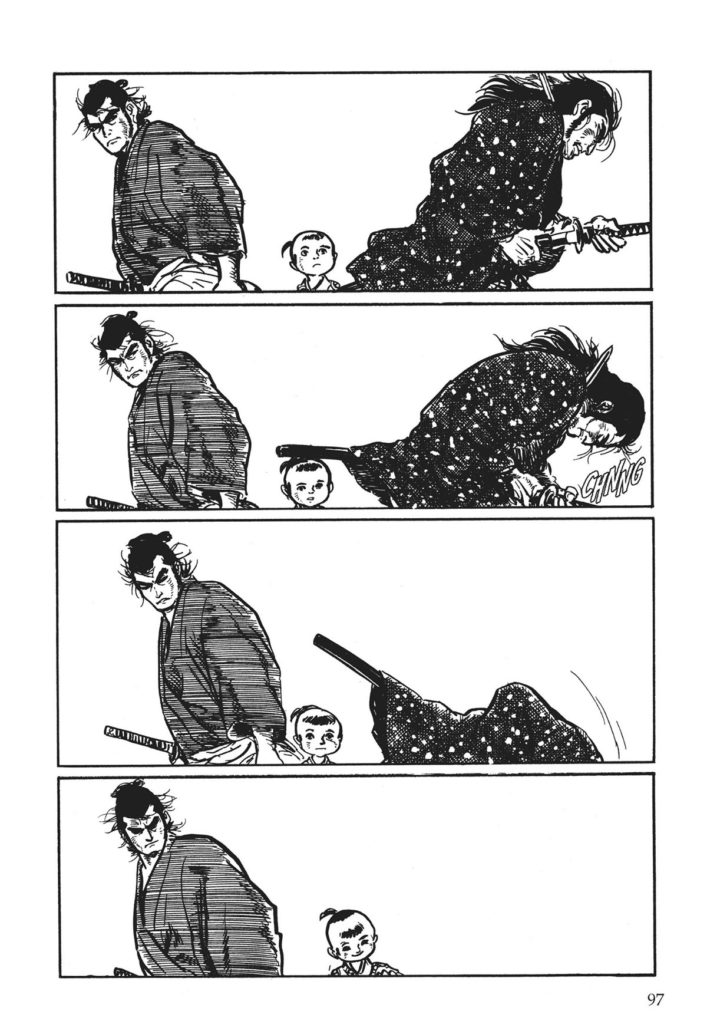
1:21:00 Lone Wolvie & Chris. I was actually 11, apparently, and I still didn’t get what this was and hadn’t read any Lone Wolf & Cub, and had only just started reading X-Men. But the impact of Lone Wolf & Cub was certainly felt on comics for years and years to come…!
Here’s that story: https://highway62.tumblr.com/post/41796024837/lone-wolvie-and-chris-from-what-the-4-nov
And that was our first Manga Must Reads segment! We read Lone Wolf & Cub volume 1 by Kazuo Koike and Goseki Kojima, published by Dark Horse Comics, and it’s available now on Comixology Unlimited. Click the link here to check out a free preview. If you’re new to Comixology Unlimited, get a 30-day free trial when you sign up today at amazon.com/comixologyunlimited.
1:21:40: The Second Break! Time stamps probably get even further off after this point.
Alright, it’s time for Q&A!
Our first question… ISN’T IN THE PODCAST! IT’S EXCLUSIVE TO THIS PART RIGHT HERE!
Because of how we recorded the Lone Wolf & Cub segment, a full month after the MASSIVE segment, we didn’t really discuss how the two books interacted with one another, and they do. They’re both transgressive, with shocking imagery, are for adult men, and there are further connections besides. But because David and I listen to each episode 3-4 times or more (him because he audio edits it, me because I’m writing the show notes), the connections between the two were brought to light pretty clearly for both of us.
David actually asked me this question after he finished editing this episode, and I thought we should put it in the notes as well because it’s such a good idea.
Question from David: One of the millions of things I thought of but didn’t mention on the show was how much reading Lone Wolf & Cub so soon after Massive made me realize how Lone Wolf & Cub has a few guys who may seem pretty attractive to the Massive audience. Do you know if gay manga in Japan was influenced by this kind of gekiga, or if this kind of “hero-in-distress” story is popular in the scene?
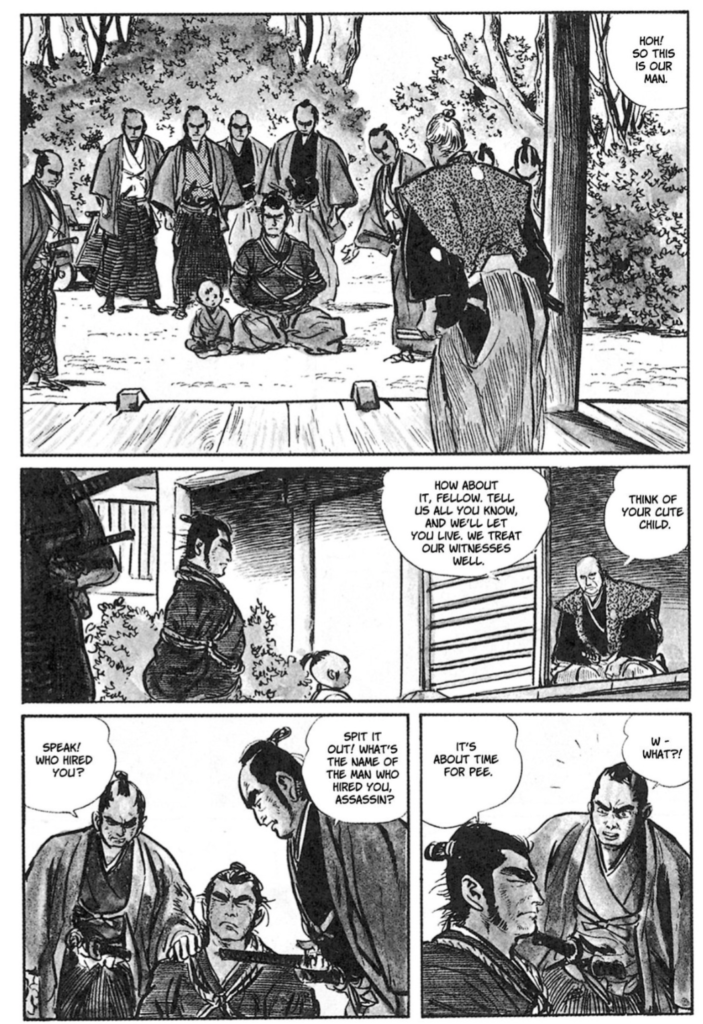
That’s a really big question, and while I don’t know for sure if any of the 9 creators featured in Massive in this episode count Lone Wolf & Cub as a direct influence, I think the popularity of LW&C is endemic of a greater attention paid to jidagaki, or period/historical dramas that keep Japan’s samurai history part of the ongoing cultural vernacular. Manga titles like Kamui and LW&C are both classics of course, but there are dozens of pieces of media being produced at any given time that tackle these same historical eras and themes. So the first thing I’d say is, these works are part of broader media works, and all of that stuff probably serves to influence the historical settings and illustrations of some of the work in MASSIVE.
Going back to that illustration up top by Go Mishima, which I believe influenced the illustration David called out by Tagame, the Mishima images of tattooed samurai being all sexy and what not are clearly part of that romantic past. As Tagame mentions directly in his book The Passion of Gengoroh Tagame:
“The current restrictions and insecurities the Japanese have about sex are totally Western-influenced. Before [the opening of Japan’s borders in the late 1800s], there wasn’t social stigma on Japanese girls who had sex before marriage, monks would have sex with each other, and there were various kinds of sexual relationships that were fundamentally okay.”
Gengoroh Tagame
So yeah, cultural context is everything. It’s huge, and it’s too big to fit in one book (or even in these show notes, which are currently topping 9000 words this week). Of course, the two Mishima’s would hang out, drawing naked dudes, reminiscing about the times where fucking around with your buddy wasn’t a bad thing. One of the Mishima’s kept drawing that stuff, pulling from a romanticized time-period, and the other one took that romantic view of the past way too far.
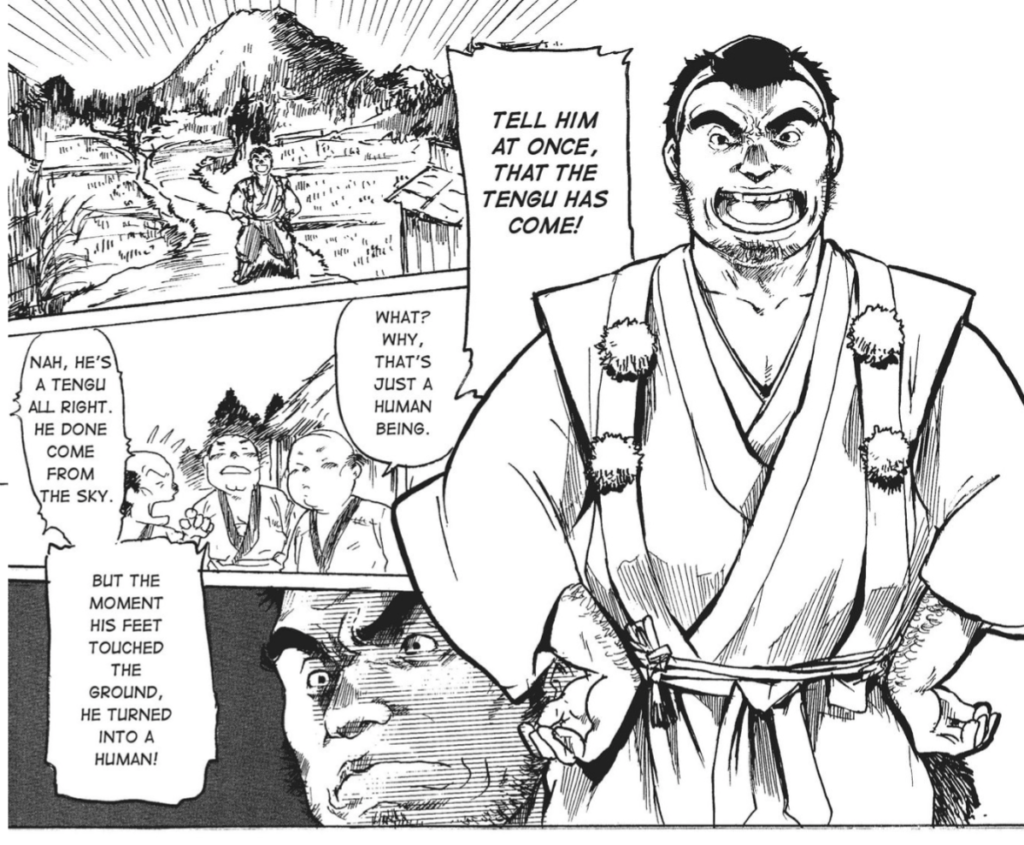
So, the short answer is, yes, absolutely, the hero-in-distress is super popular in the scene, and that period setting can be found in Fumi Miyabi’s story Tengudake, or the subjugated warrior in Tagame’s Do You Remember in MASSIVE, or lots of the spot illios in that book, or especially in stories in The Passion of Gengoroh Tagame like Country Doctor.
I could write even more, but let’s save it for a future episode? Lol.
The next question, that’s actually in the podcast:
“I really really want to know where do all you weebs learn this sh*t? Are you all on some forums that I can’t find? Scanlation sites? How does a newbie follow the manga scene? What recommendations do you have for someone who is looking to learn more about new series coming out? Where to read thoughtful reviews? What are your sources for info and news? No idea if ‘weebs’ is the appropriate term for manga nerds – God, I hope it is.”
– Tom
[Deb:] Here’s my recommendations for people to follow, websites to check out and books to read:
Manga Mogura – @MangaMoguraRE on Twitter – “Mogura” means “mole” in Japanese, and he does a great job of digging up manga news. He has a Patreon, to fund his purchases of Japanese manga magazines, which is the primary source of his news tidbits, including of-the-moment news about new manga series starting in Japan, as well as N. American and European releases of manga.
Paul Gravett – http://www.paulgravett.com/
Gentleman, scholar and author Paul Gravett has published several books about comics, including these two about manga:
- Mangasia: The Definitive Guide to Asian Comics (Thames & Hudson)
http://paulgravett.com/books/detail/category/mangasia - Manga: Sixty Years of Japanese Comics (Collins Design)
http://paulgravett.com/books/detail/category/manga
Visit his website to see what’s new with him, and follow Paul on Facebook – he regularly posts interesting news about manga and comics in general there: https://www.facebook.com/paulgravett
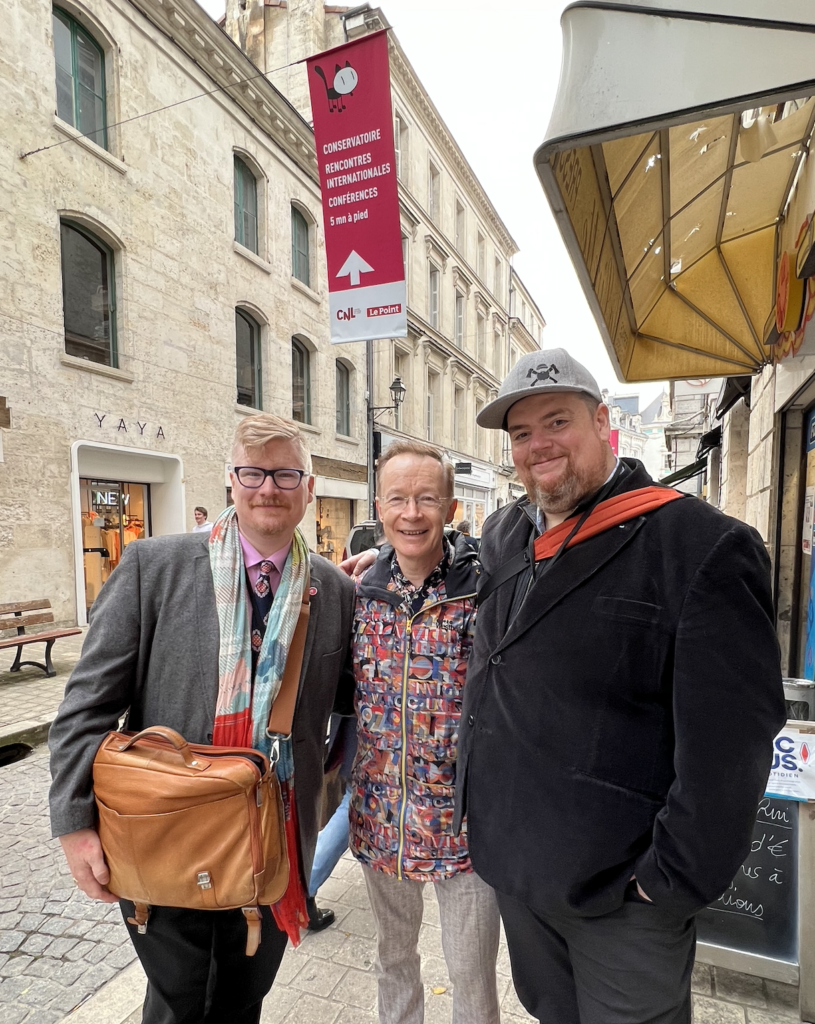
Comic Natalie – https://natalie.mu/comic
A Japanese news site for all things pop culture related – their comics section is worth checking out, as they often post news, interviews and photos that you won’t see on English manga news websites.
Anime News Network – https://www.animenewsnetwork.com/
Hit the “manga” tab to see just their manga coverage. They also feature interviews with manga artists and reviews of recent manga releases in English.
SoraNews24 – https://soranews24.com/
Fun, quirky and often informative news from Japan, including many articles about manga.
Here’s David’s recommendations!
Manga! Manga! The World of Japanese Comics By Frederick Schodt
Frederick Schodt has a fascinating history with manga. Besides writing the first, definitive book about manga in English, he was a translator for Osamu Tezuka when he visited N. America, and has written and translated books about Tezuka too, in addition to translating some of his manga. Check out Fred’s website, which lists many of his books and current projects: http://www.jai2.com/
There was a recent talk with Frederick Schodt, Matt Alt and Hiroko Yoda about the history of manga, hosted by the Japan Society of N. California that will hopefully be posted on the organizations’ YouTube channel soon.
Minovsky – @MinovskyArticle on Twitter
His Twitter feed is full of curated picks that have made him a manga taste-maker worth watching/following.
Dr. Oguie – @sdshamshel
For an academic PoV on manga, give this Twitter account a follow – there’s lots of interesting info coming through this account regularly. Also visit his website/blog for more: https://ogiuemaniax.com/
Deb comes back with a few more book picks:
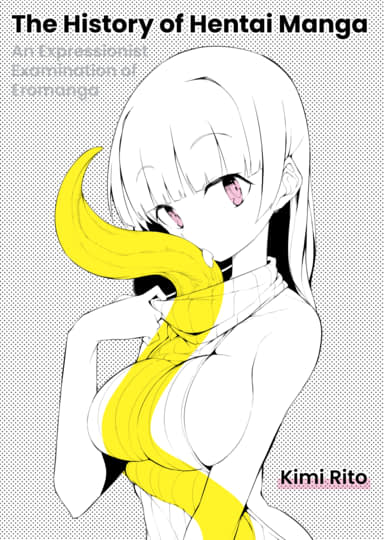
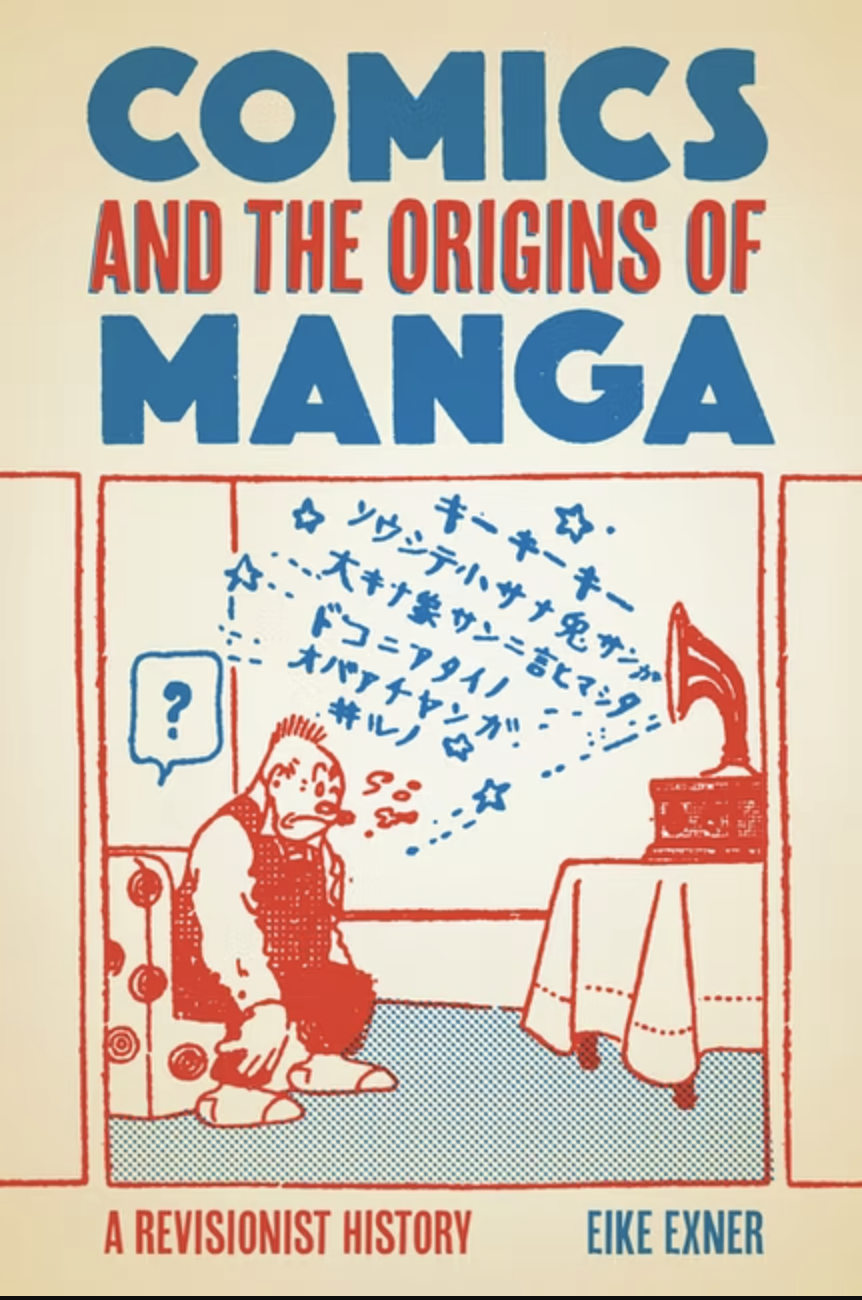
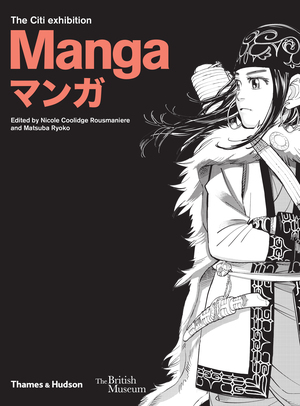
- The History of Hentai Manga by Kimi Rito (FAKKU)
Another recent ‘history of manga’ release, this book goes deep into the history of erotic manga in Japan, with lots of stories and examples that haven’t previously been discussed in books about manga in English. A bit dense content-wise, but fascinating. You can follow Kimi Rito on Twitter too at @kimirito. - Comics and the Origins of Manga: A Revisionist History by Eike Exner (Rutgers University Press).
Nominated for a 2022 Eisner Award in the Best Academic/Scholarly Work category, this book delves into a part of manga history that hasn’t been discussed much in other books on the subject: that newspaper comic strips that were published in Japanese in newspapers played a big role in the development of manga, by doing things like introducing word balloons and panels, and other conventions of western comics to Japanese readers and creators.
Here’s Exner on YouTube, introducing his book to readers:
- Manga: The Citi Exhibition at The British Museum (Thames and Hudson)
This book is the catalog for the astounding 2019 exhibit of manga and manga art at The British Museum. It’s absolutely criminal that this exhibit did not travel to other venues, but the next best thing is this book, which is chock-full of manga, interviews and historical/cultural context of this visual storytelling medium. The British Museum’s website for the exhibit also has some fascinating blog posts about manga: https://www.britishmuseum.org/exhibitions/manga
Christopher recommends a few books in the next section, but let’s put them here instead:
- Cruising the Anime City: An Otaku Guide to Neo Tokyo, by Patrick Macias, Tomohiro Machiyama (Stone Bridge Press)
This book is somewhere between a travel guide, a subculture guide, and a lifestyle guide for folks going to Tokyo. It does a VERY good job of explaining different ‘kinds’ of otaku culture, and while the specifics are now out of date in many ways, the generalities are still very accurate and relevant. It’s technically out of print (2004!), but it’s not hard to find it for cheap as a used book. - Japan Edge: The Insider’s Guide to Japanese Pop Subculture, by Patrick Macias, Carl Horn, Matt Thorn, and Yuji Oniki (VIZ Media)
If you want a crash-course in Japanese media ‘subcultures’, including anime, alternative and noise music, underground film, manga, and mass media, this is the book for you! Published in 1999 by VIZ Media in their “PULP” alternative imprint, this book was a real-eye-opener for me back when I was starting to learn about Japanese culture, and the way it’s written does a good job at connecting the relevance of the individual subcultures together. Want to understand what certain things in manga “mean” in their original context? Books like this are the way to go. Not as cheap on the secondhand market, but totally worth your time if you’re a nerd.
Whew! That’s a lot of resources!
Alright, now it’s time for shout-outs!
Christopher shouts out the new podcast from manga translators and cultural writers Matt Alt & Patrick Macias: Pure Tokyoscope. Topics covered so far include Shin Ultraman, Gundam and Fukushima, and why the world needs anime with a chat with former Crunchyroll Japan co-founder, Vince Shortino.
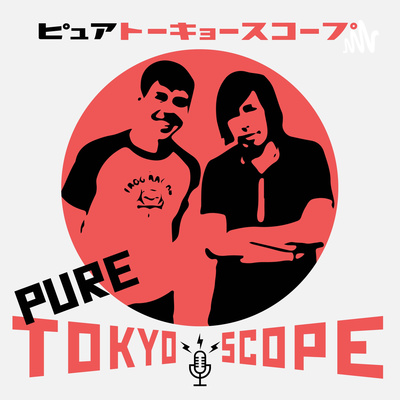
David is absorbed into the video game Final Fantasy XIV (Square Enix), because it just had a new update that will drag him back in: https://www.finalfantasyxiv.com/
Deb talks about the most recent manga she’s read, Lost Lad London by Shima Shinya (Yen Press).

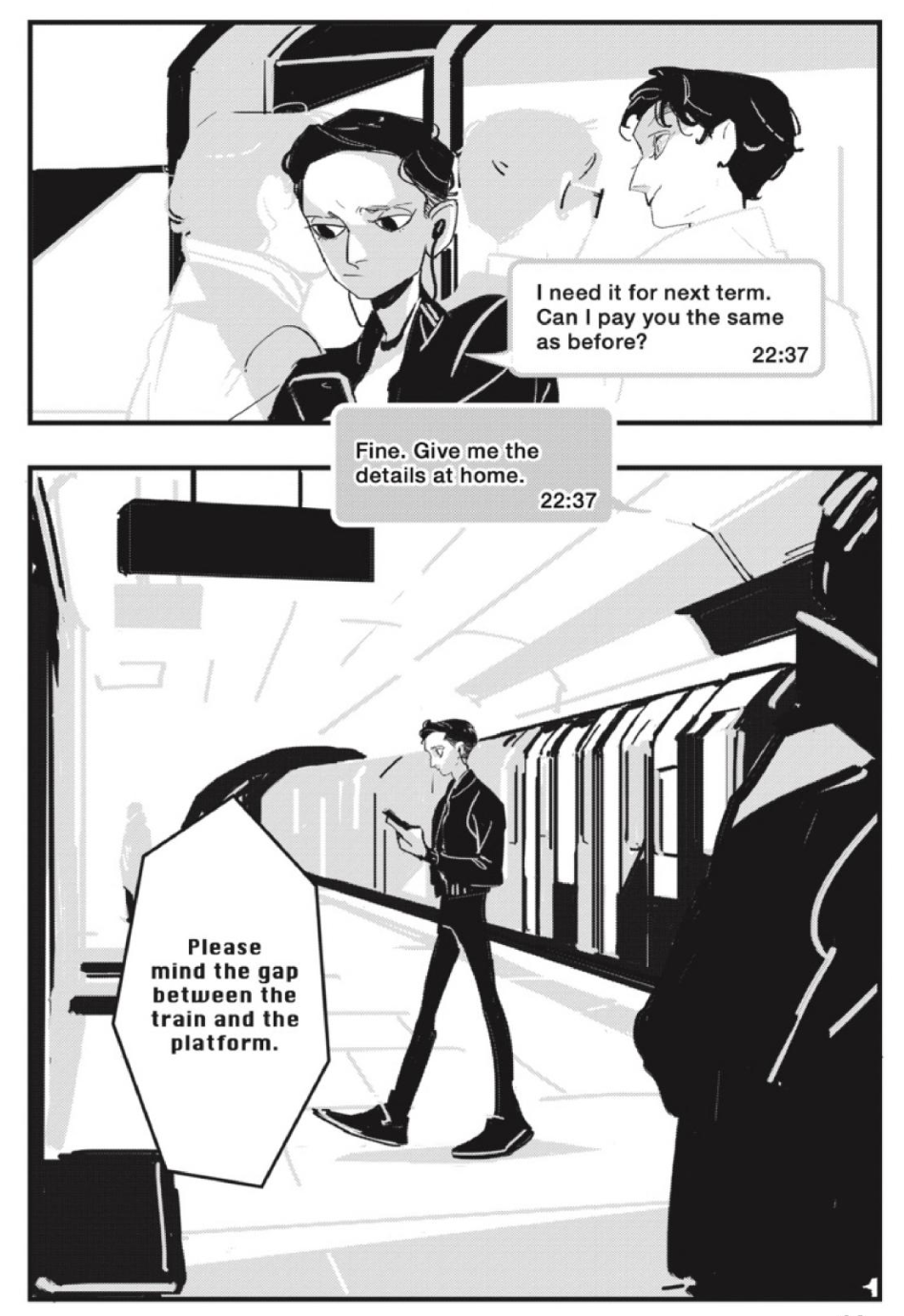
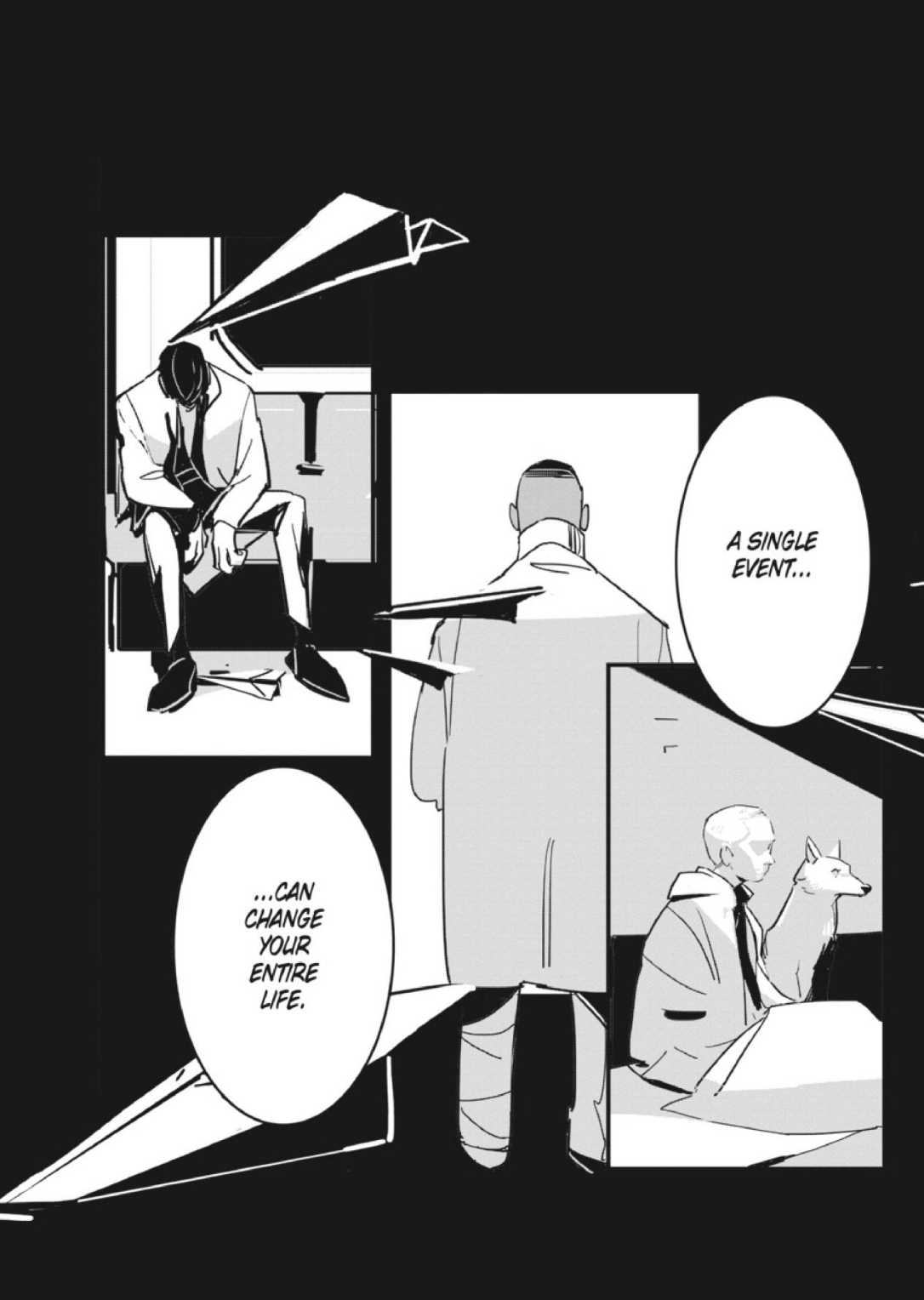
Yen Press description:
The whole of London is shocked when the mayor is found dead on an Underground train, but perhaps none more than university student Al Adley. Though he took the Tube at the time of the fatal stabbing, he doesn’t remember seeing anything unusual—certainly nothing to explain how a bloody knife found its way into his pocket that night. However, in spite of this damning evidence, Detective Ellis believes Al’s claims of innocence. Now the two must work together to conceal Al’s involvement and clear his name in the face of shadowy forces working to see Al take the fall for a crime he didn’t commit…
Yen Press
Deb mentions friend/editor Joe C. at Otaku News, who gives her the straight-dope on whether LLL lives up to its title. He lives in London, and has been a wonderful guide to what’s new, what’s worth seeing, eating and doing when she visits that side of the world. Besides anime and manga, ask him about where to find really good coffee in London – he knows a lot about that too. Check out https://www.otakunews.com/.
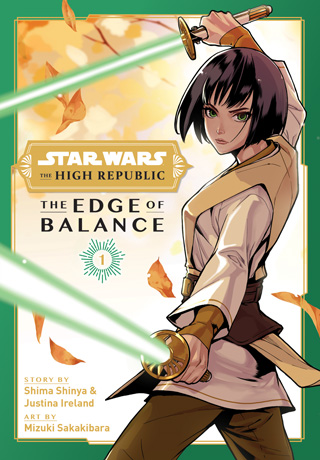
Also the artist Shima Shinya is the illustrator for Star Wars: The High Republic, The Edge of Balance (VIZ Media), a side story about a female Jedi Knight.
And that’s this week’s episode of Mangasplaining!
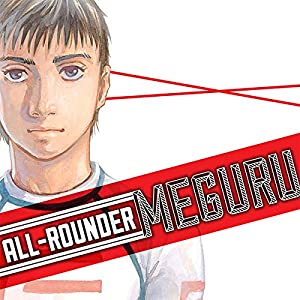
Our next read is All-Rounder Meguru. It’s a digital-only release from Kodansha that’s available on these ebook platforms and subscription streaming services: ComiXology Unlimited, Azuki, Inkr, InkyPen and Mangamo. Go check it out and read ahead before we get to it!
Thanks so much for listening! Please support your local comic and manga specialty shop when purchasing these books, and you can find one near you at comicshoplocator.com. You can also check your local library for print and digital lending options, they have TONS of manga! Also, check us out at MangasplainingExtra.com — we’ve got some cool new manga series that we’re hoping to announce very soon. Finally, thanks to D.A.D.S. for their musical accompaniment this episode.
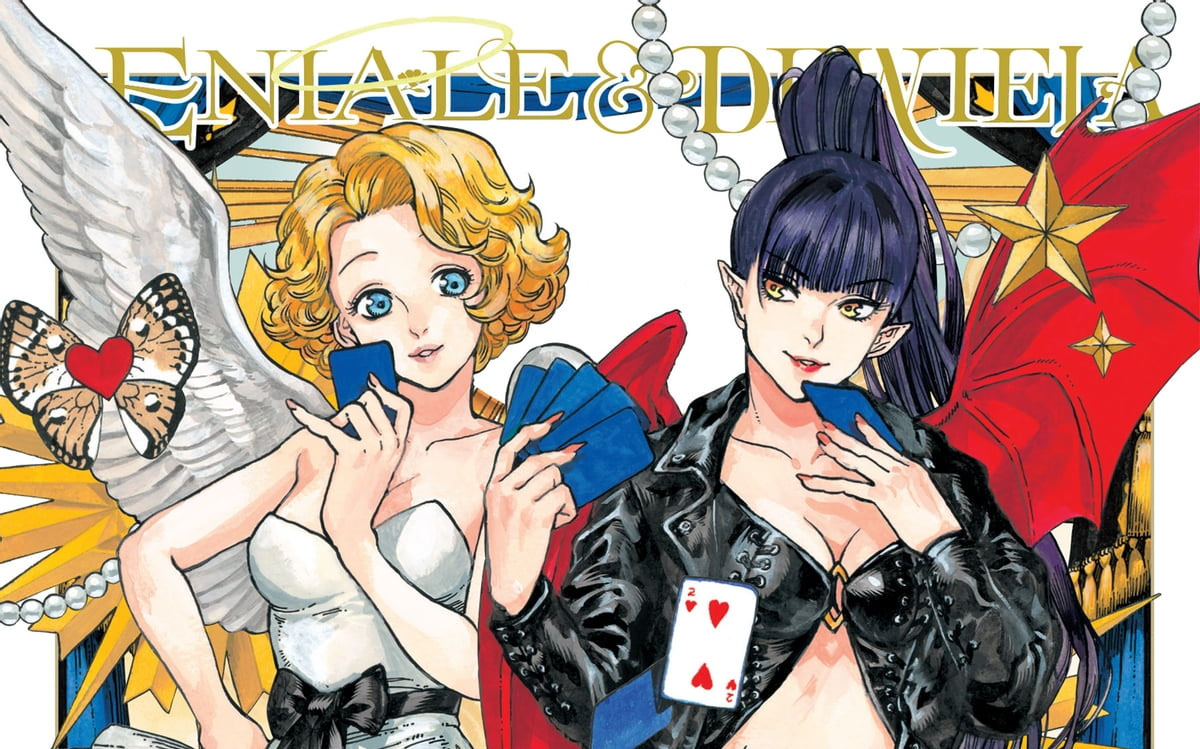
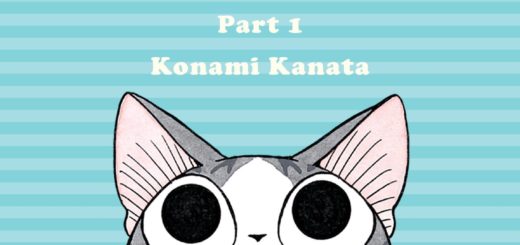
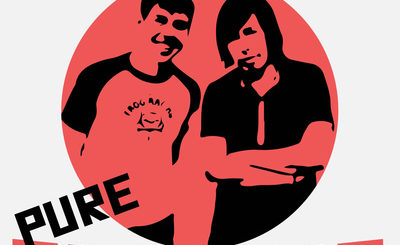
Now I want a yonkoma series about a BL author and a Gay Manga artist living next-door to each other, and the wacky platonic (or not…) relationship that ensues.
On commissions: As with everything, the Internet has changed this. Between Pixiv Fanbox, Fantia and now, Skeb – which is a dedicated platform for commissions – the whole idea of just taking commissions is less fraught. Check out Skeb at https://skeb.jp. A number of artists I like will open up commissions on that site from time to time for extra ¥.Even the Gen X artists are doing this. It’s not a perfect solution, but, hey…it’s money.
I have a question for a future episode. Chip can’t call himself a manga newbie any more, as he’s now read more manga than a lot of people who think of themselves as manga fans. So, with that in mind – I’d like to know which manga each of you consider *the* manga that made you a fan of manga and why?
If folks are interested in BL and Yuri, I have two recommendations.
Queer Transfigurations: Boys Love Media in Asia, edited by James Welker is a brand new academic work on Boys Love. And I’ve just written a book on Yuri called By Your Side: The First 100 Years of Yuri that I think its a pretty good resource, if I do say so myself. ^_^
Oh, ffs, a third comment. Usually I save my comments up for the whole podcast.
May I suggest Ya Boy Kong Ming as a potential future title. It’s charming and fun and full of Chinese classic Romance of the Three Kingdoms references. It’s out from Kodansha.
Now I want a manga about a BL author and a gay manga author who live next to each other, and the crazy hijinks that ensue.
I lived in London for most of my 20s, in and out (well more out) of the the theatre scene, but am really excited to read Lost Lad London now… I just love, especially, the art.
This was a Brilliant Mangasplaining—and terrific show notes from Christopher—I can imagine that would have been hard to do (bad sorta pun.)
Before listening to this episode, I boned up (I’m sorry) on re-reading Massive, which I don’t think I have in a number of years. The weird thing is I found that I have two copies of it (and no, one wasn’t in the nightstand…) Weird.
My main take away echoes a lot of what Christopher said about how important a book like this is. I hadn’t really thought before about the fact that it was released almost a decade ago—I know I was in a very different place back then, and from the little I know Japanese society has changed (at least a bit) since then, but it still feels like such a fresh release (that was not intentional, I swear) from me.
Before I bought the volume way way back in 2015 (?) I think I only knew Tagame when it came to “gay manga” as opposed to BL or gay narratives in manga. And only his really hardcore stuff—a few years before I had bought The Passion of Tagame and… it was a bit too much for me (I’m debating about getting the second volume if I have the cash or not). But I did appreciate what he was doing, so I appreciated seeing it with its context.
I don’t find a lot of Massive genuinely erotic and… that’s fine and good. Some of that is personal kinks (I keep asking why aren’t they hairier, and then have to remember that these are Japanese comics…), and some of it is that I just not into the shame/humiliation scenarios that are largely here—AND are completely understandable (and not to kink shame, when I was a teen in the 90s I had a Tom of Finland magazine under my bed…)
Art wise, I agree it’s a mixed bag, but certainly a better mixed bag than what I got the one time I went to a doujinshi fair in Seattle (and that’s an understatement.) Tagame is… well Tagame (that’s a good thing). Jiraiya, the same. Both Matsu and Mizuki had character designs that I probably would have thought were OK, but found hot because… well, gay sex. Anyway—I won’t complain.
I asked this a bit in my notes about last week’s shoujo title, but it has made me wonder if there is some sort of “inbetween” style of gay manga. Tagame’s now had several mainstream titles but, unless there is one I don’t know, they are completely chaste (and that’s not a negative, just an observation.) And all I’ve seen (from the first vol of his book, and this, and some, umm, random stuff online) is the complete opposite. So, I guess my question to Christopher, or anyone, is if they know of, not PG rated, but R rated gay manga that actually still doesn’t do the “Call Me By Your Name” window cross fade when the sex happens, but that isn’t the focus?
I appreciated the interviews, though I get David;s point that one after another they seemed to not gel. But that said, I would never want to ask an artist “why” they find something compelling, and particularly an artist doing erotica/pornography or anything that often can’t be explained as to the why… Isn’t that why they are expressing it in art?
Anyway, I think everyone navigated this episode really well.
BUT I think you did miss out on some maybe controversial connections I think are between the manga here, and Lone Wolf.
I read Lone Wolf as a teen because my brother had the First issues—he was really into Marvel and, maybe to rebel, I refused to read most superhero comics. So he gave me a his collection (I still have 40 issues I guess—so most of it?) when I was in Jr High because he said I would like it, and I did (I also was at the time really into the Miller Daredevil run). But I hadn’t read it since then until this past month when I read the first DH Ominbus. And totally found it compelling. I think the manga deserves all the praise its got.
But… I think there deserves a much bigger disclaimer (and I’m not getting into “cancel culture” I swear) when I say in general there has to be a big disclaimer about just saying the works in general of Kazuo Koike are “somewhat extreme”.
Side note: David asked if gay guys would find some of the hardboiled samurai art in Lone Wolf erotic… When I was a teen getting into manga, Viz was heavily promoting Koike’s Crying Freeman (didn’t they fund the movie of it?) which had art by Ryoichi Ikegami. I won a promo poster of the main character drawn nude from behind in an Animerica poster, and I think after I hung it on my wall (it was about a martial artist, so didn’t seem gay to my parents, I assumed) it became my masculine ideal for way too long. So yeah, there must be some cross over inspiration there (but, as was mentioned in the podcast, guys are usually drawn hot in comic books anyway…)
Back on track—something about the narrative of Crying Freeman really bothered me, and as I got older, I realized I had a number of similar problems with Koike written stuff that I had in my collection. I don’t think this affects as a title Lone Wolf, but I became aware of the various hilariously bad adaptations of his manga (like that awful Uresei Yatsura wannabe he did with Go Nagai—a combination I wouldn’t wish on anyone.)
I know some of this came up when Koike passed away, and this is not the place to have a discussion about the worth of his works. I also know I feel like a hypocrite because I know that I’ve enjoyed a lot of work that is directly or indirectly based on his work—and by all reports this is a case of some of the world not reflecting the person themselves.—
Manga historian Ryan Holmberg, who is a friend (at least an online friend) held up as one example of a popular 1970s Koike wrote: https://www.instagram.com/p/Bec0wdOh0d_/?hl=en
I guess there could be an argument for the student rebellions and all the shit that was going on in early 1970s Japan somehow justifying artistic expression (though I’d rather see it in Hideko Mizuno’s Fire! 😉 I had to give a “please translate Fire!” shout out somewhere) but…
Tying that badly into books on the history of manga, I remember how often Fred Schodt’s Manga! Manga! was the only book available. As a shoujo fan, I think the fact that it had a Rose of Versailles excerpt in it, largely is responsible for Western fans thinking that was the start of shoujo. And yet, when I checked it out for research recently, I was really impressed with just how much of the history of so many genres it included. And how much it obviously influenced my preferences of Shoujo manga, including Dreamland Japan’s section on gay manga Nemureru Mori no Binan (Tomoi) which I would argue is the first major gay manga that was not BL, but was in mainstream manga…
Anyway, sorry to end my comments on such a bitter note. This was a fantastic episode—I’ve already saved one of Debbie’s brief quotes (yes it may mention dicks) to my phone…
I don’t know much at all about the history of gay art in any culture, but seeing that cover of G-Men immediately made me think of some of the Tom o’ Finland art I’ve seen. I can’t imagine that’s a coincidence, and I would love to know if anyone’s written on this. I’ll probably google this later, just tossing the thought out while it’s in my head.
Also, there’s a Lone Wolf and Cub reference in Hung Hei Kwun/Legend of the Red Dragon, but that movie is just full of references.
But to echo other commenters, this was such a great episode!
There’s a huge crossover between the work of Tom of Finland and the artists in MASSIVE! Definitely worth checking out the book and reading the interviews for more. 🙂
Another amazing episode. Thanks so much for the background on gay comics publishing and the creators. I can’t imagine how hard it is for them to work in a market not entirely accepting of them. It’s a shame, because there’s so much talent on display here. I know it was a but a brief tangent during the show, but there’s probably a good discussion to be had here on erotica vs. pornography and what makes one fall into either category. I can imagine there are readers who do want gay manga, but don’t want something necessarily out and out pornographic. As was raised on the show, I wonder if there’s a middle ground between this and, say, BL comics.
Really enjoyed the “Lone Wolf and Cub” conversation. Hard to think of a manga with as much influence as this one has had on Western comics with perhaps the exception of “Akira” and “Dragon Ball.” (Aside: Maybe each generation get their own influential manga series. I wonder what kind of influence Naruto and One Piece will potentially have on future creators.)
I have never finished “Lone Wolf and Cub” myself, but you can see its influence everywhere. Even if you haven’t read it or seen the films, it still feels like you have. I imagine it’s similar to “Star Wars” in that regard.
Comedy duo Downtown used to have a semi-regular sketch they would dow with “Lone Wolf” where the put-upon-director would vainly try to get the two actors playing Ogami and Daigoro trying and failing to say their one line each, “Daigoro!” and “Chan!” respectively. (CW: The portray the actor playing Ogami as a bit of roué, so he keeps harassing the poor assistant director.) If you understand Japanese, it’s funny as hell. https://www.youtube.com/watch?v=FI0m19cUpd4